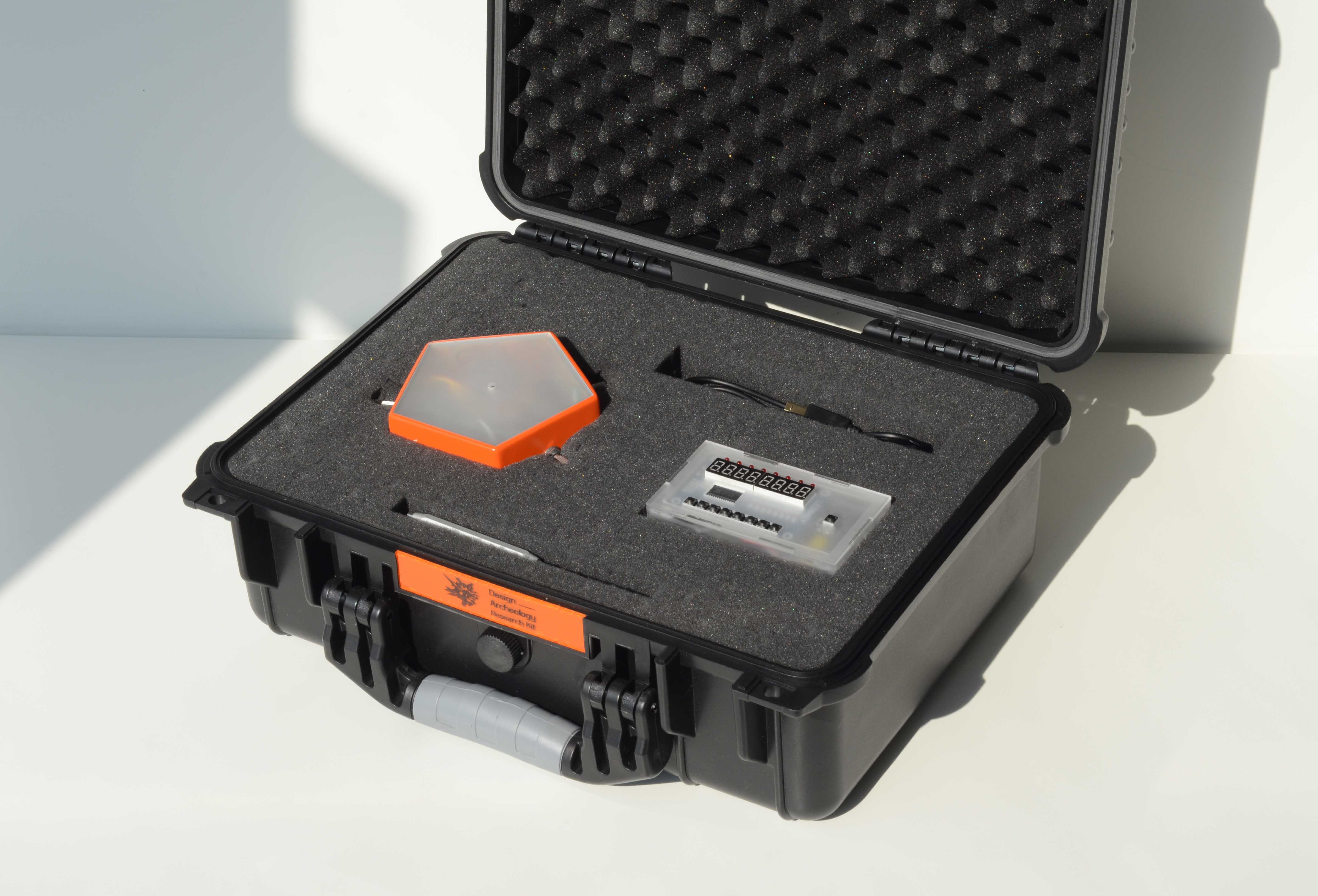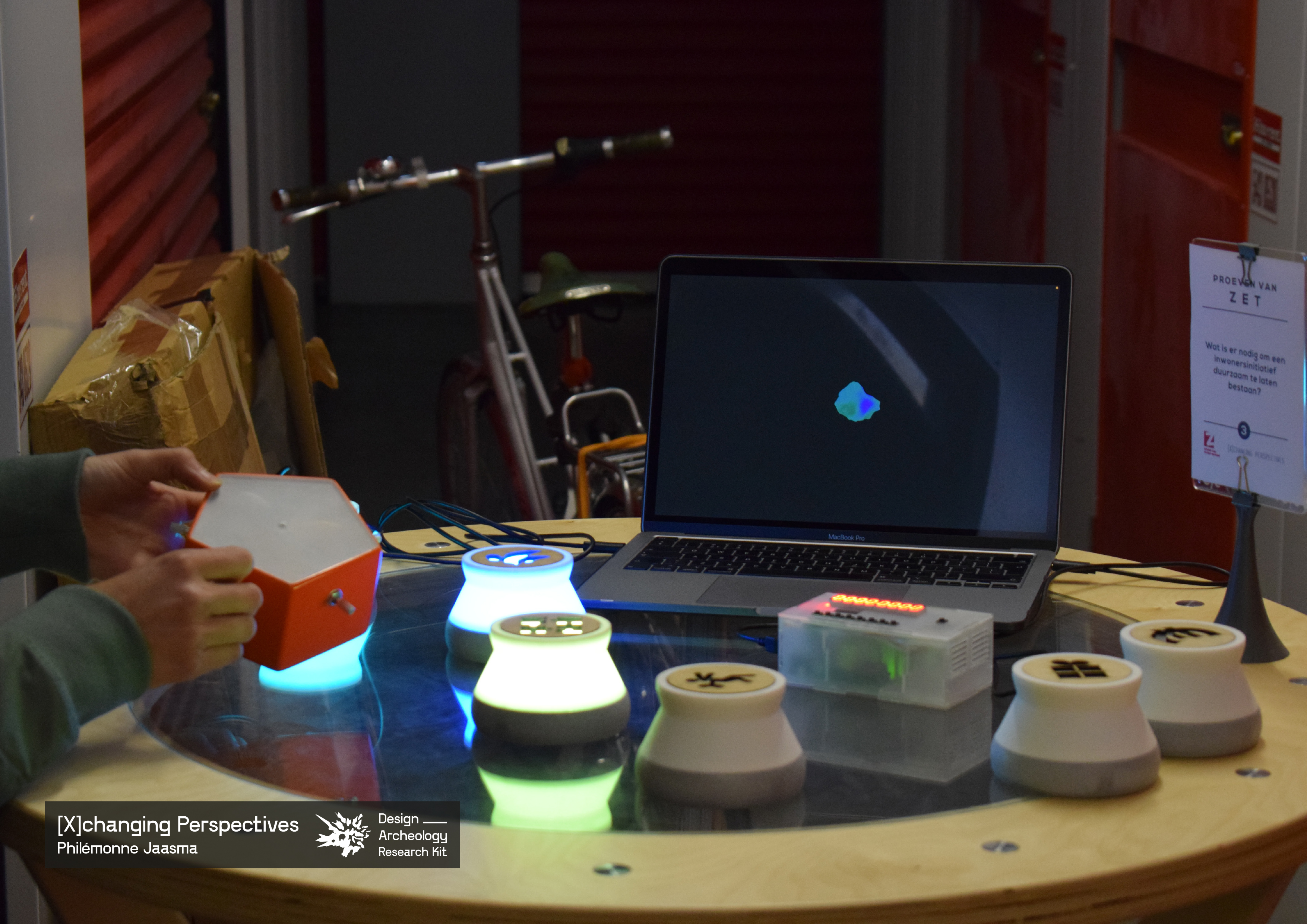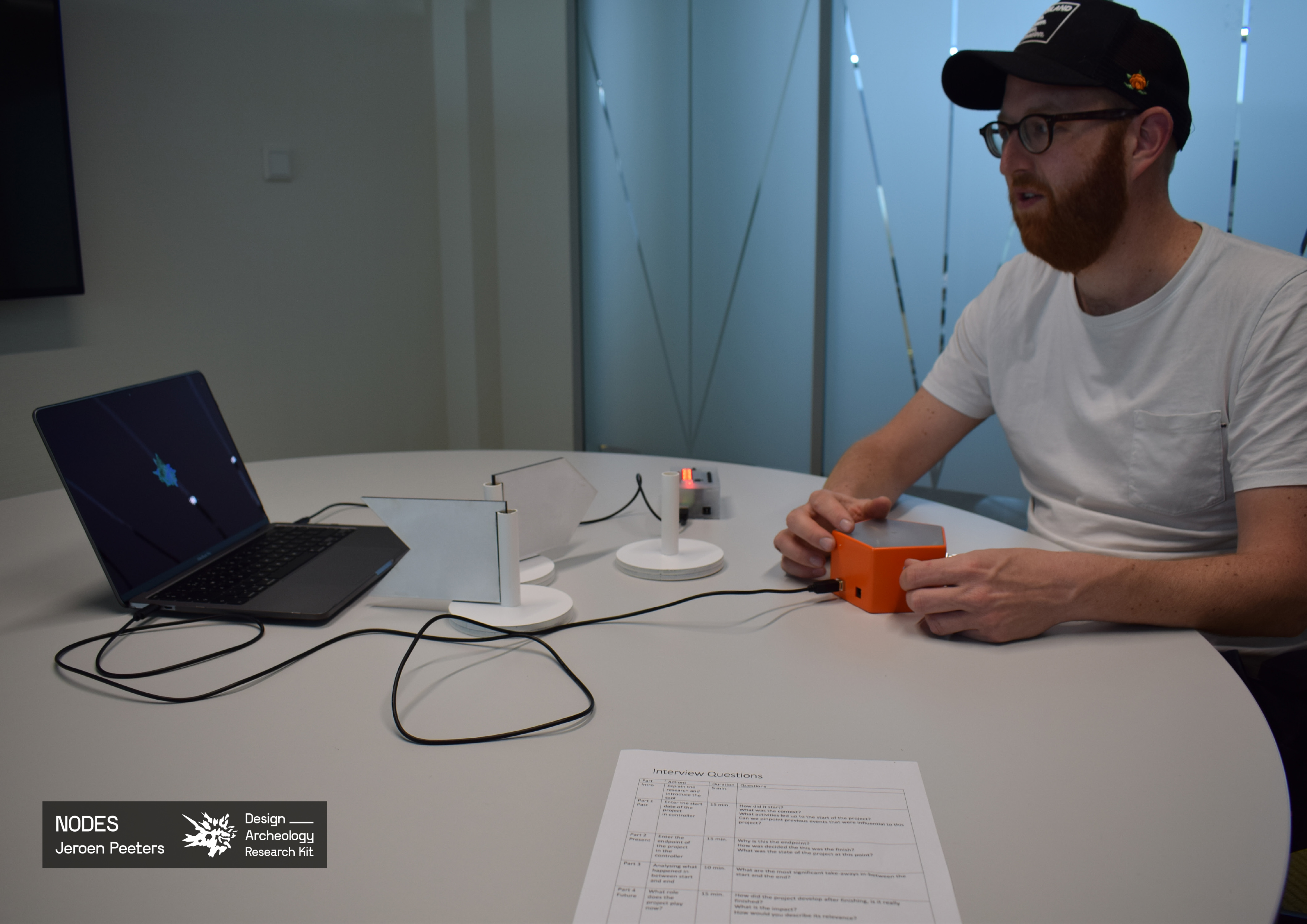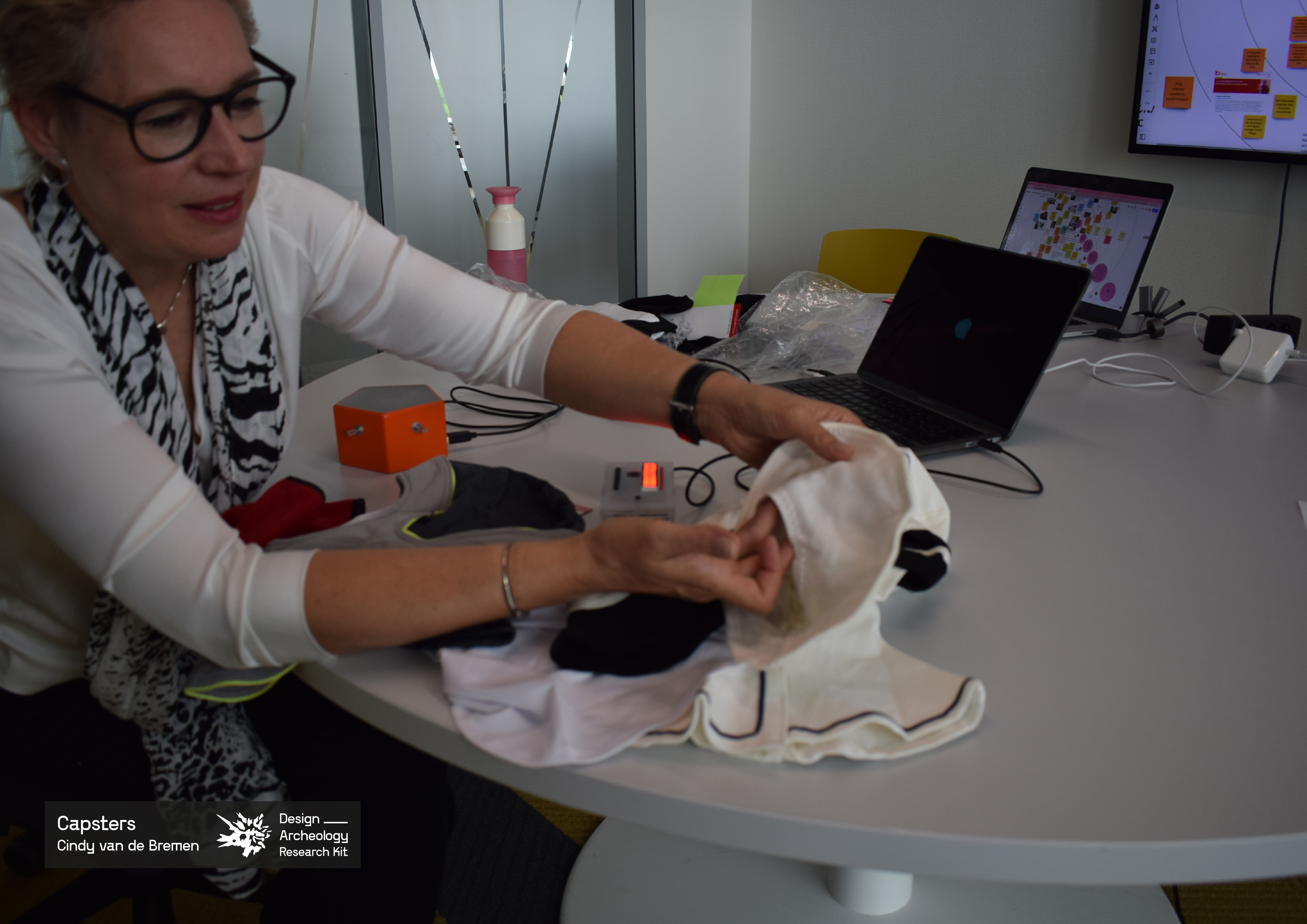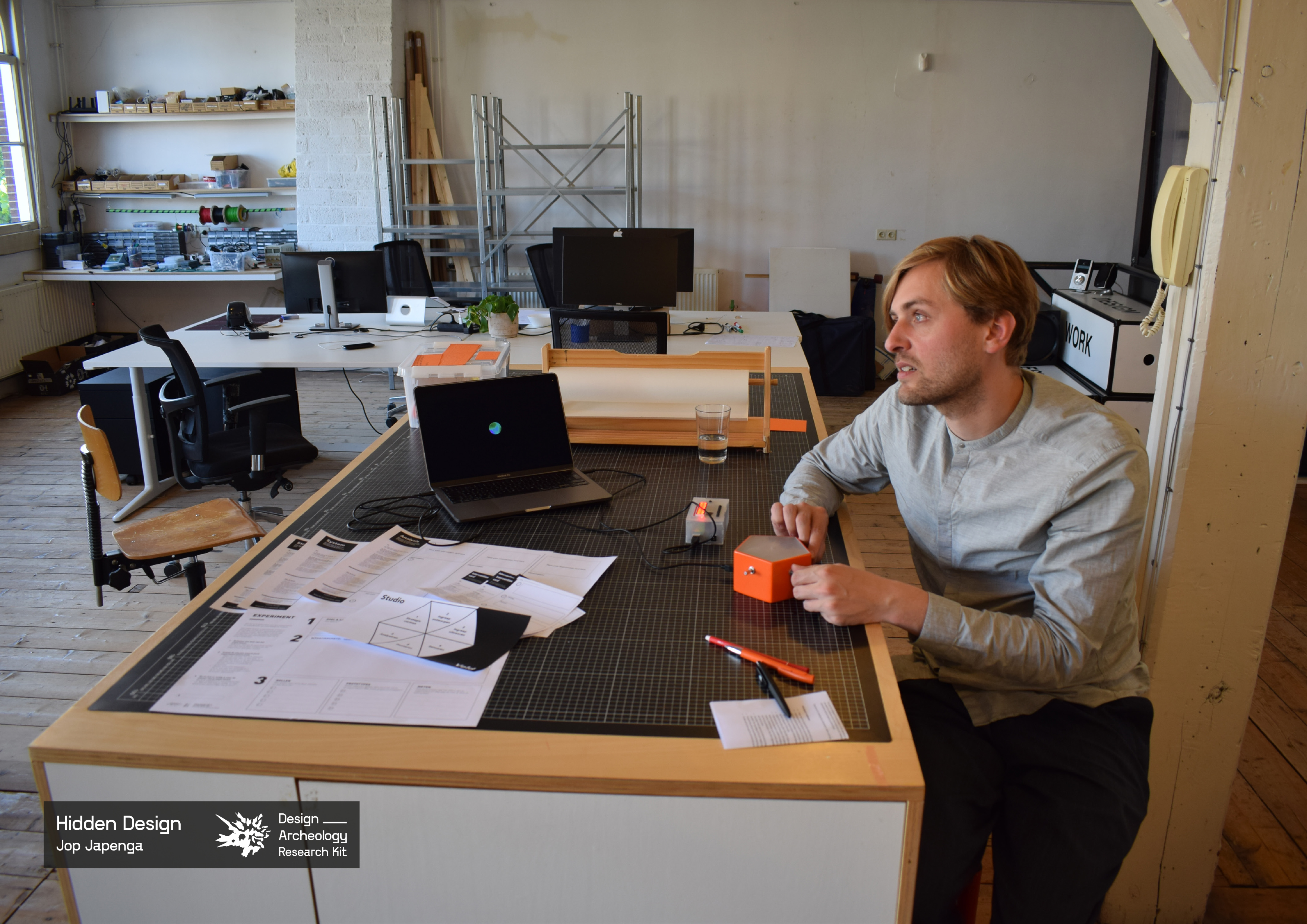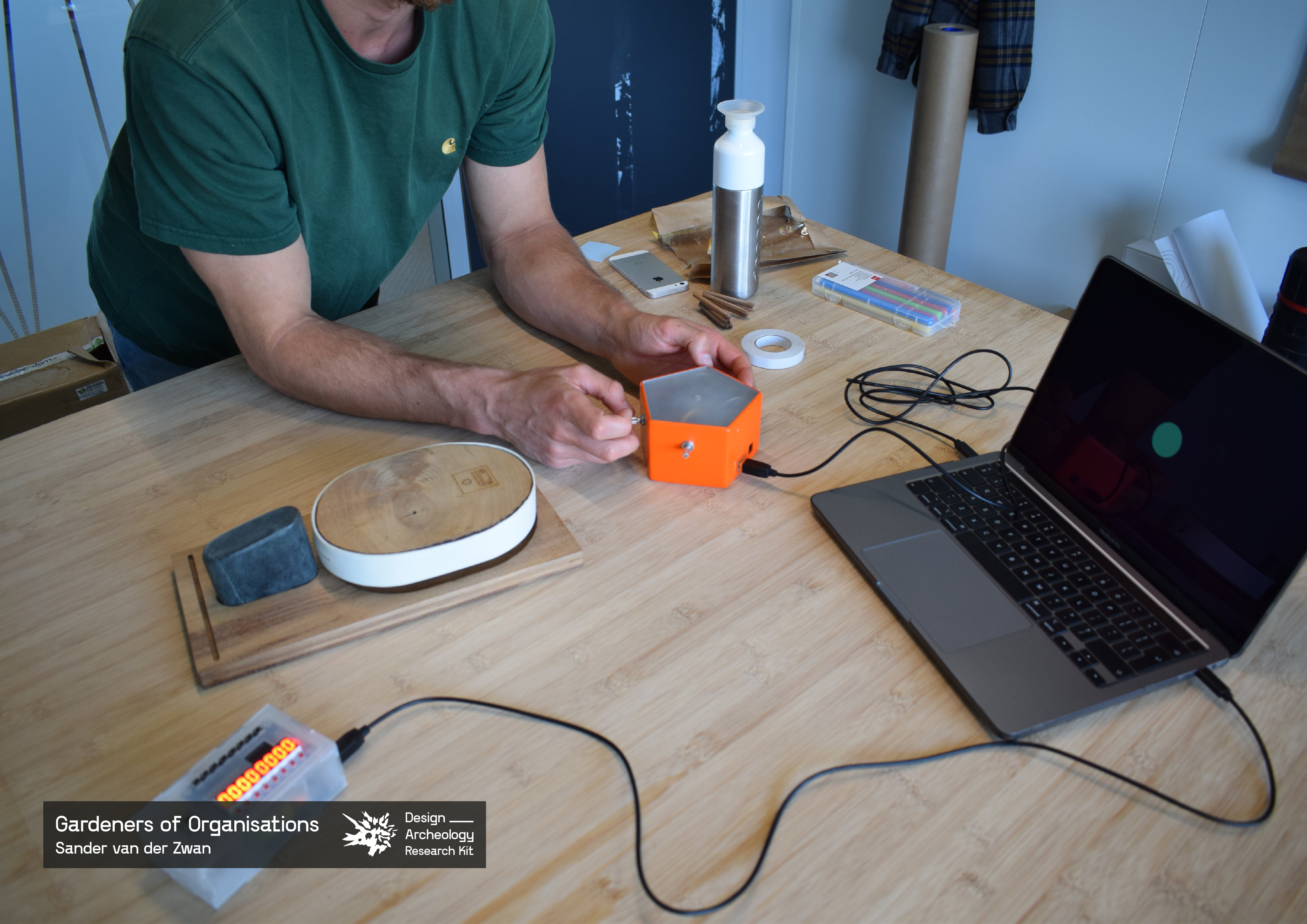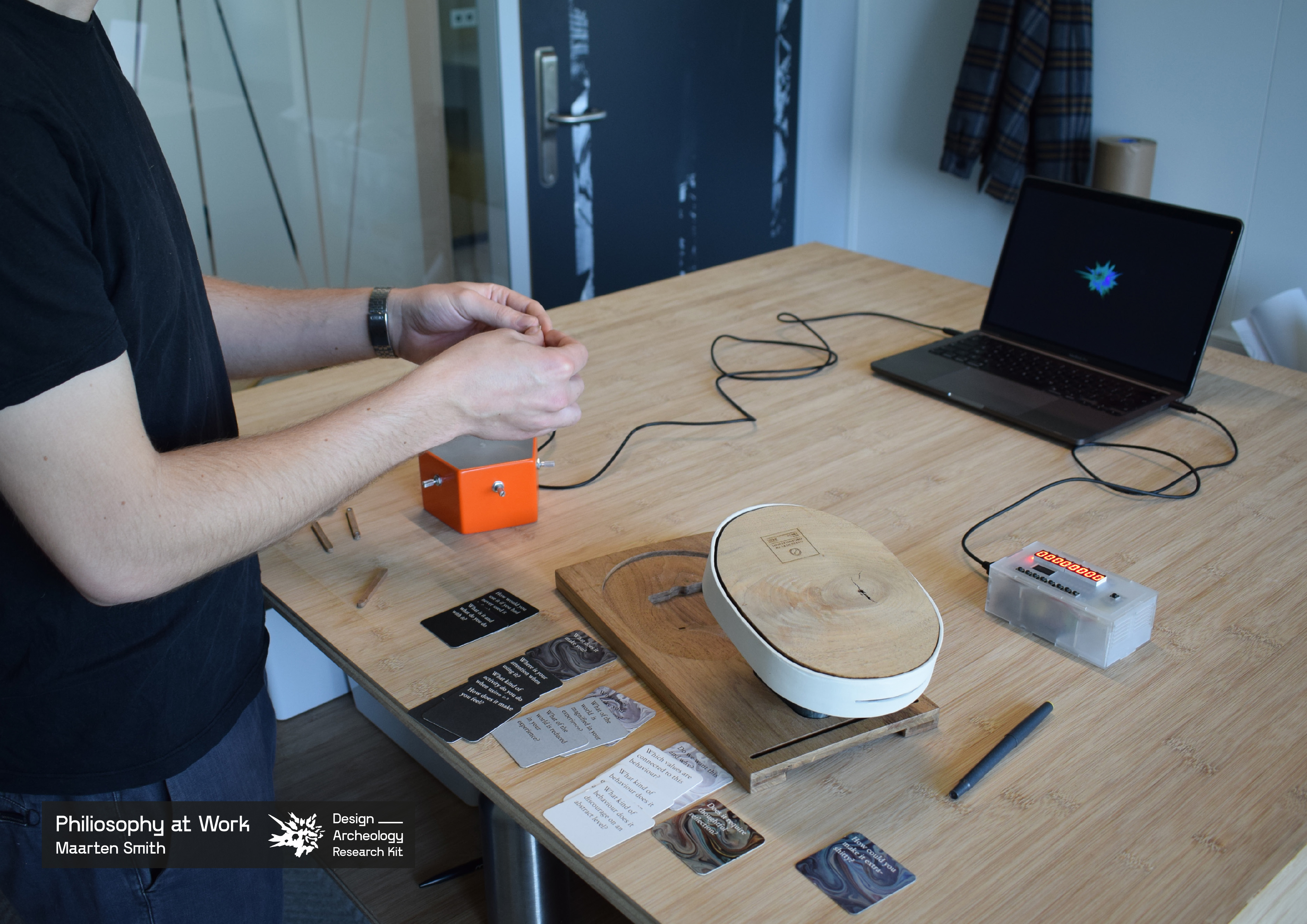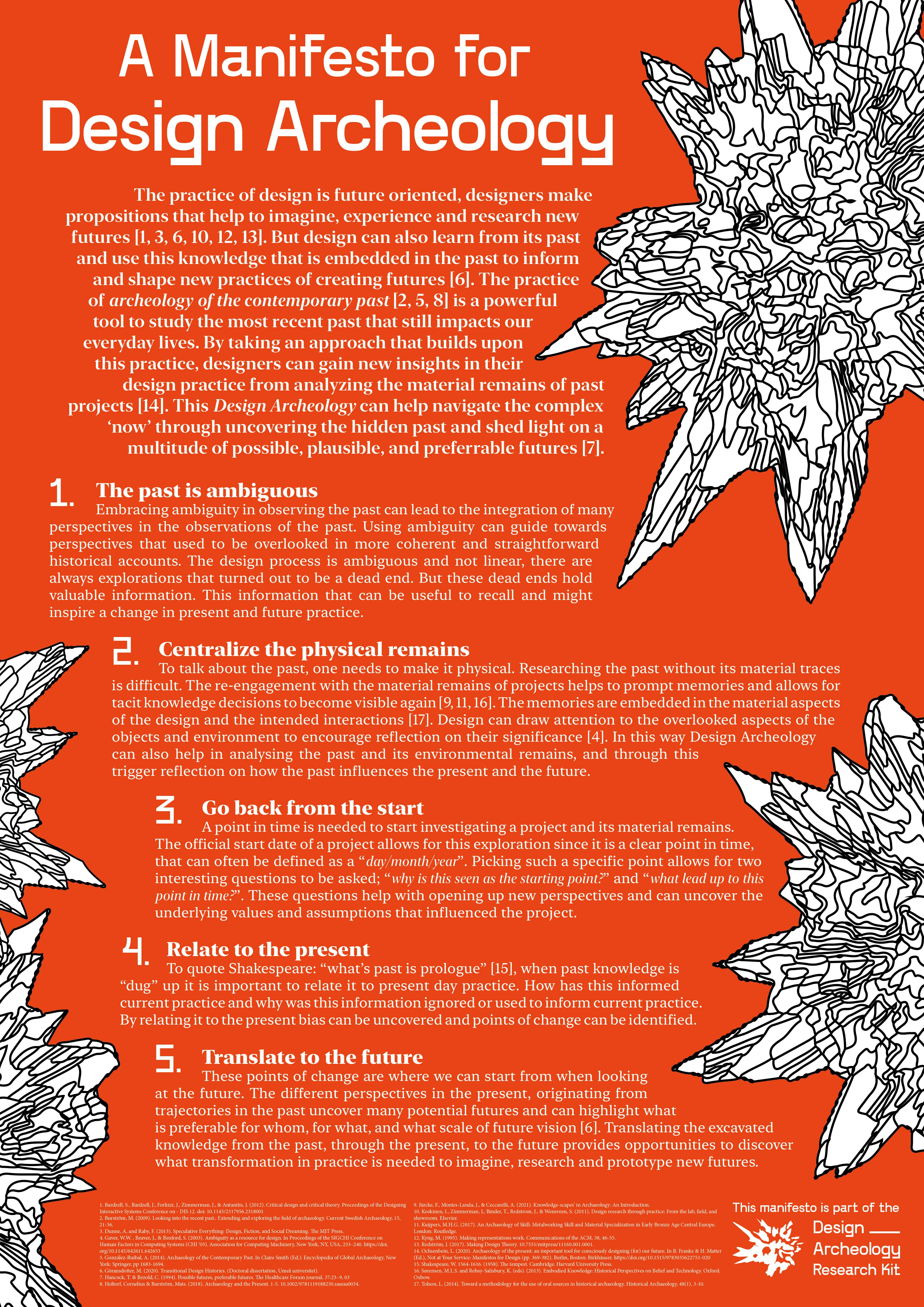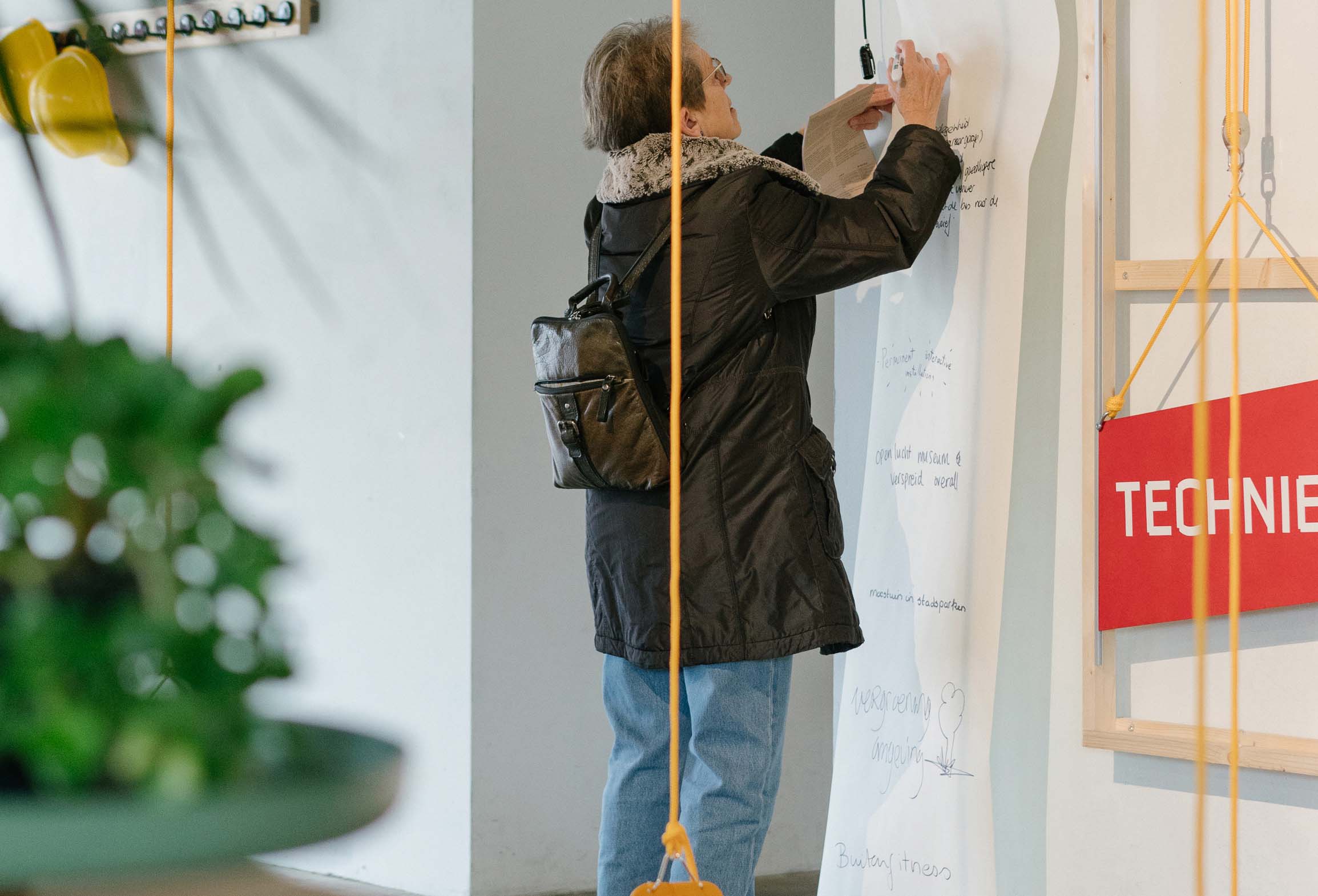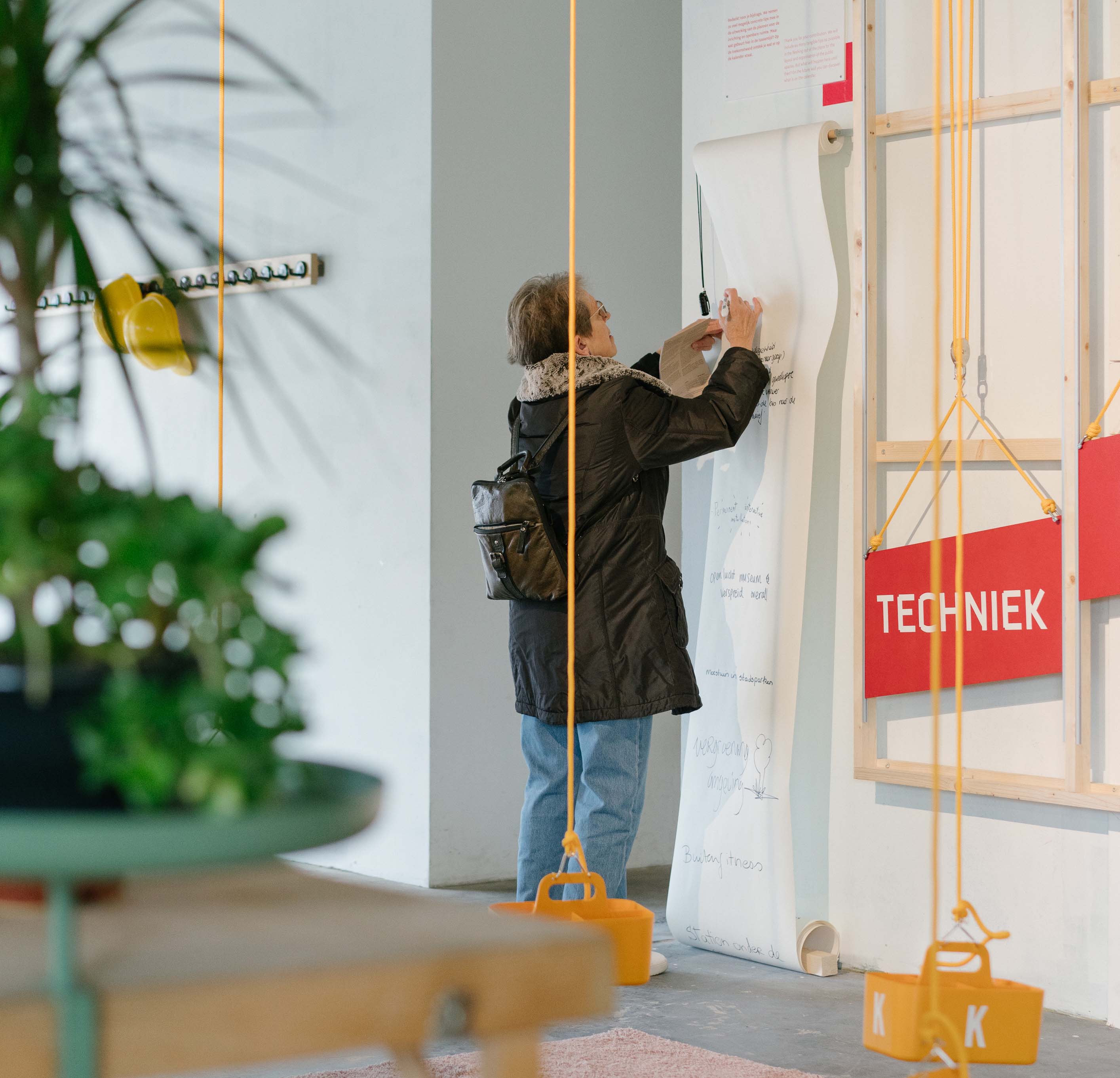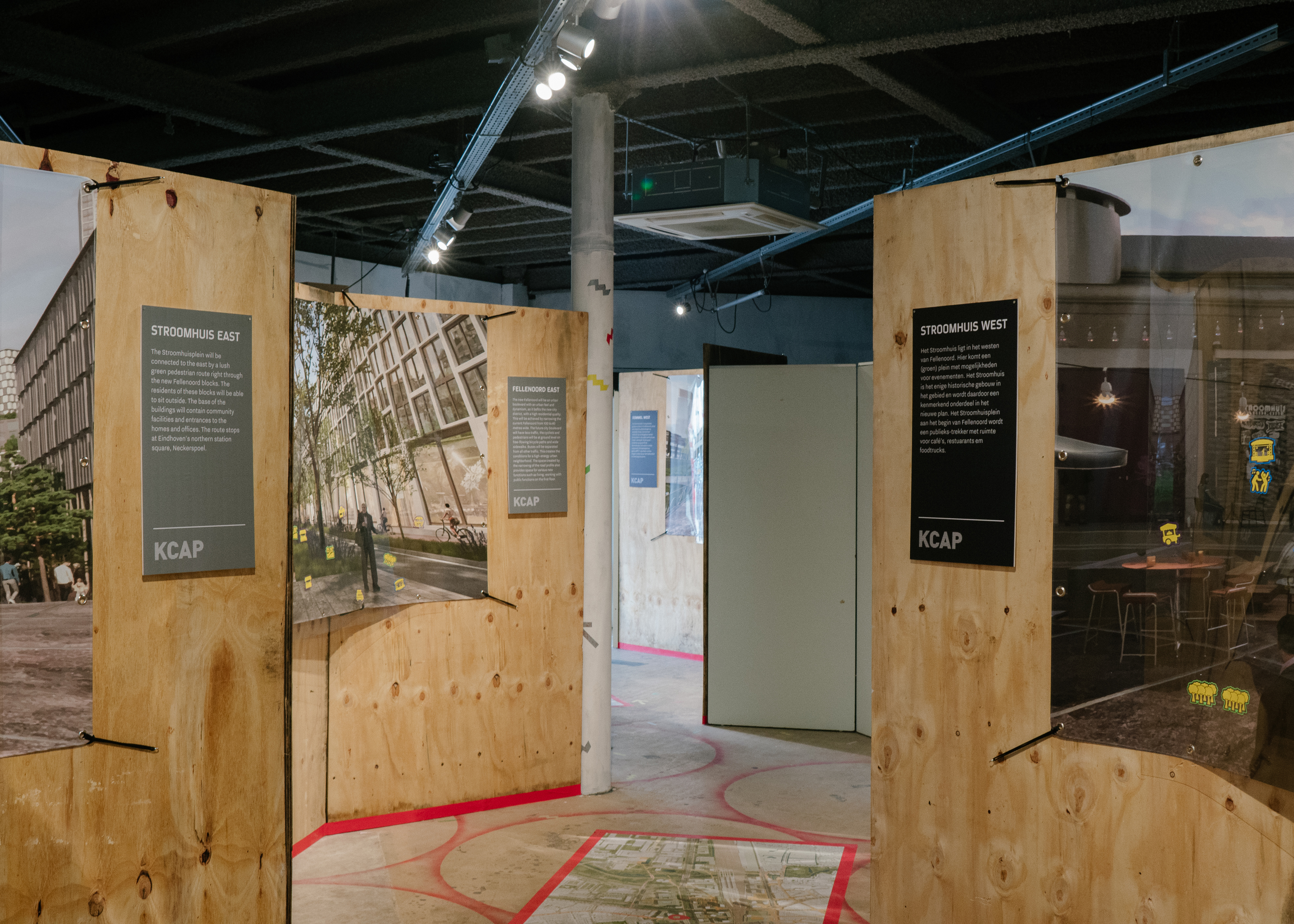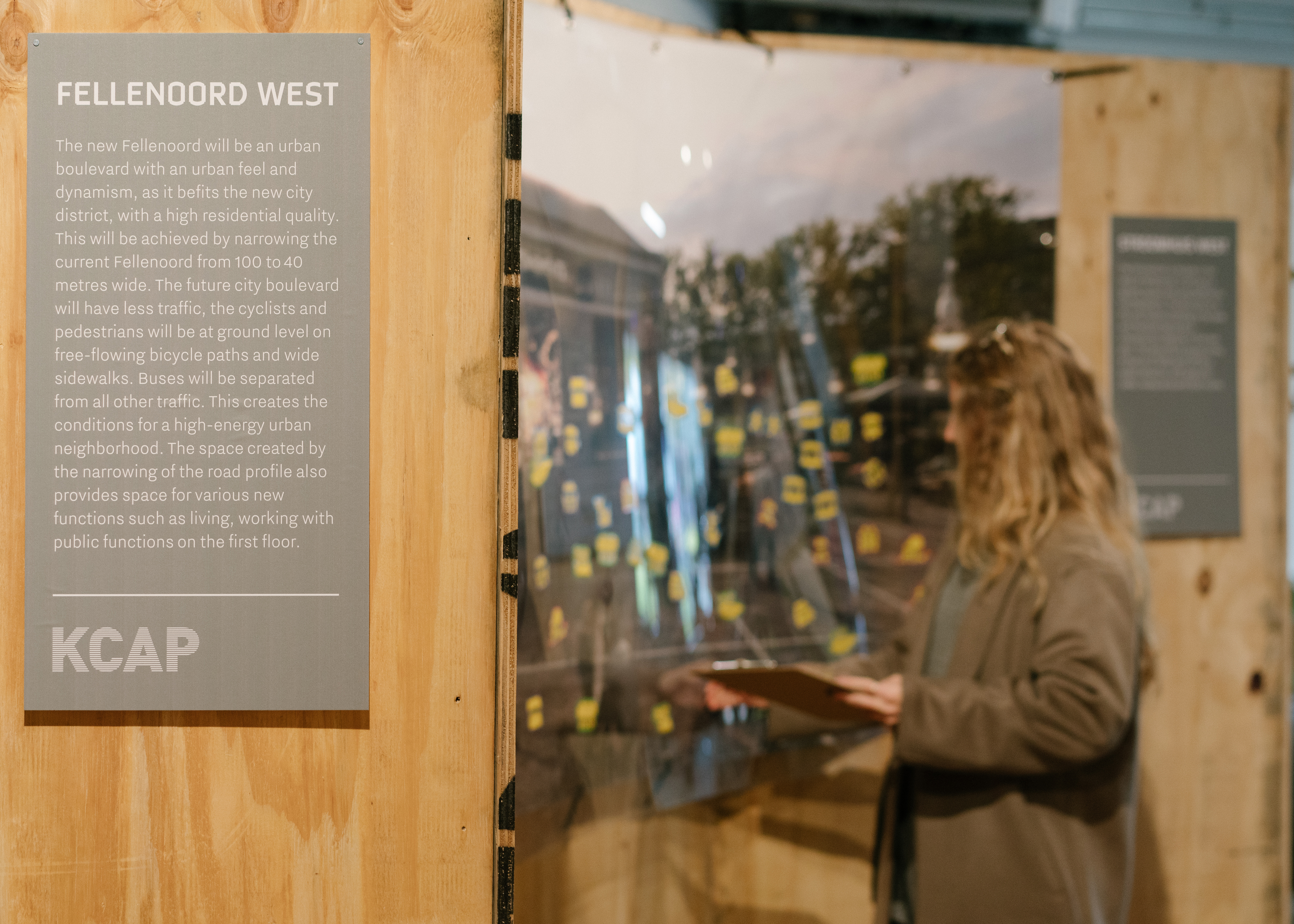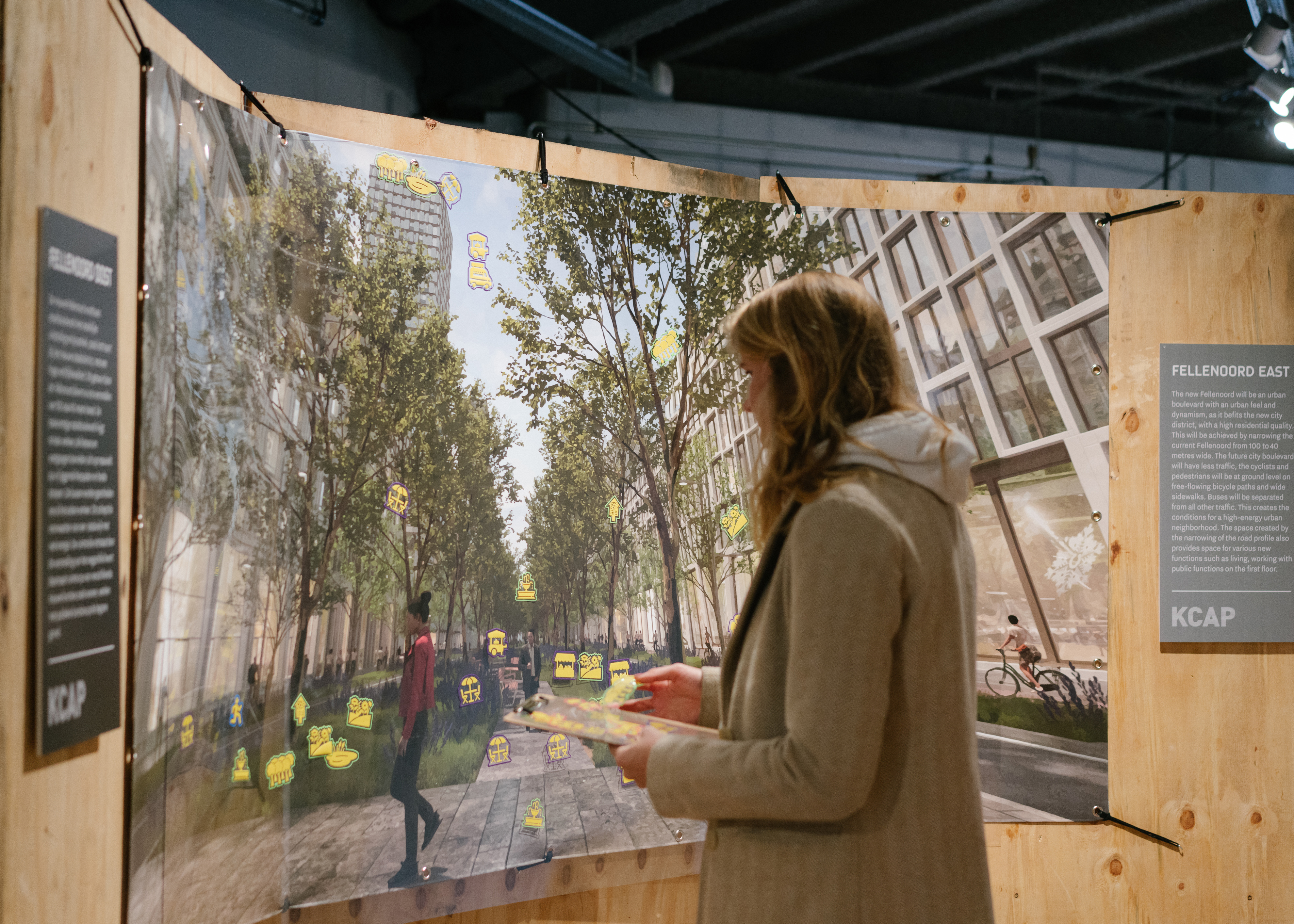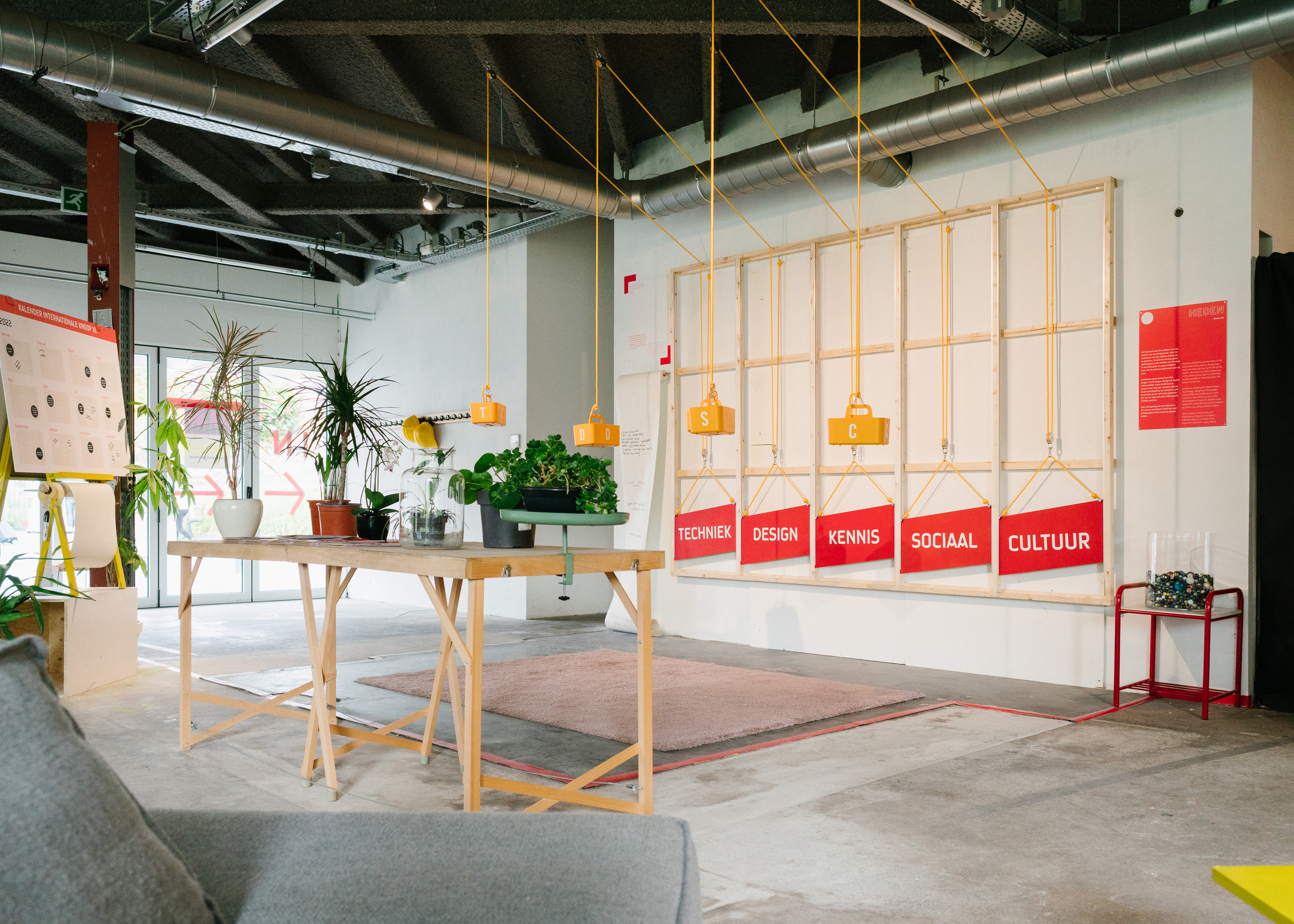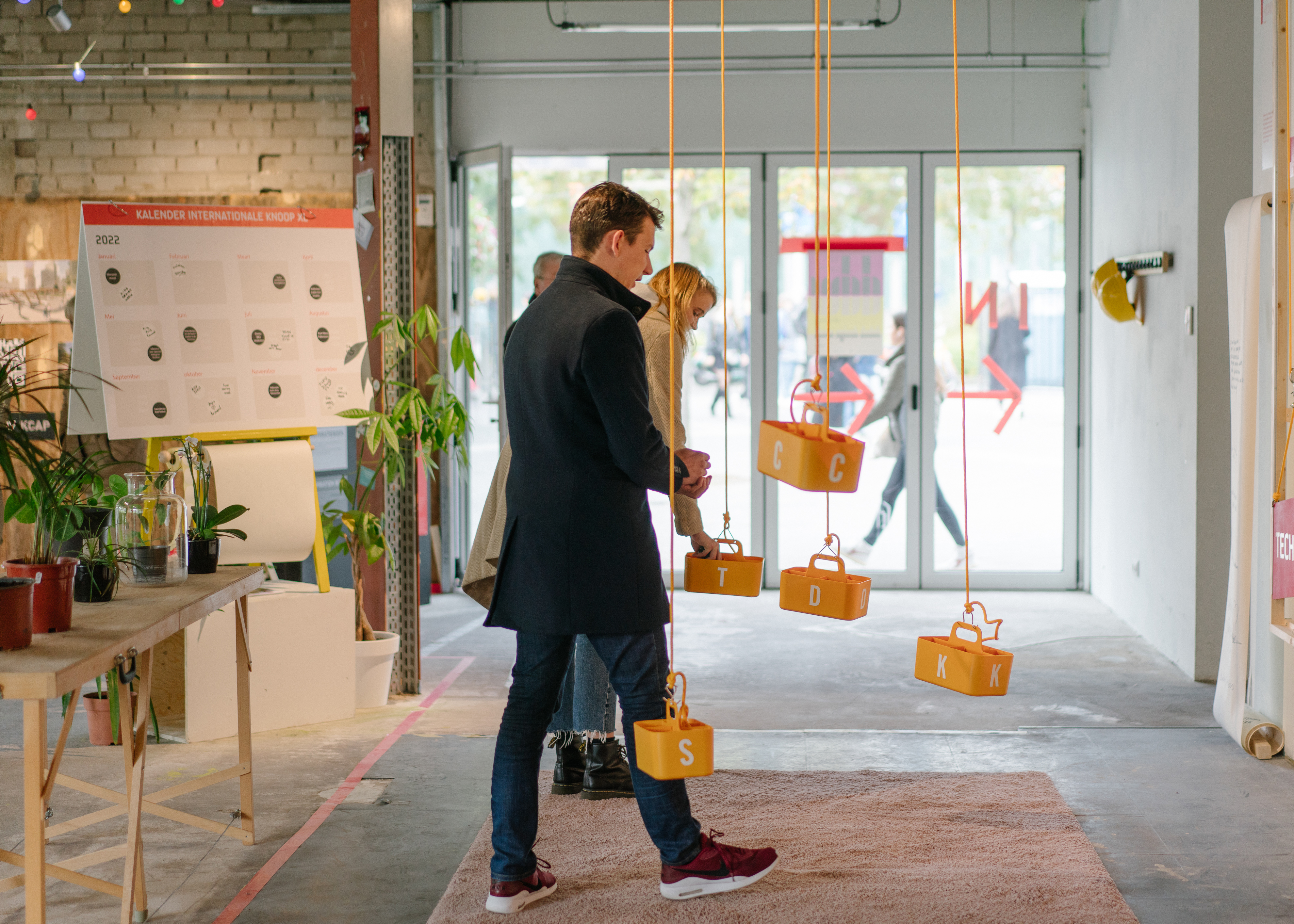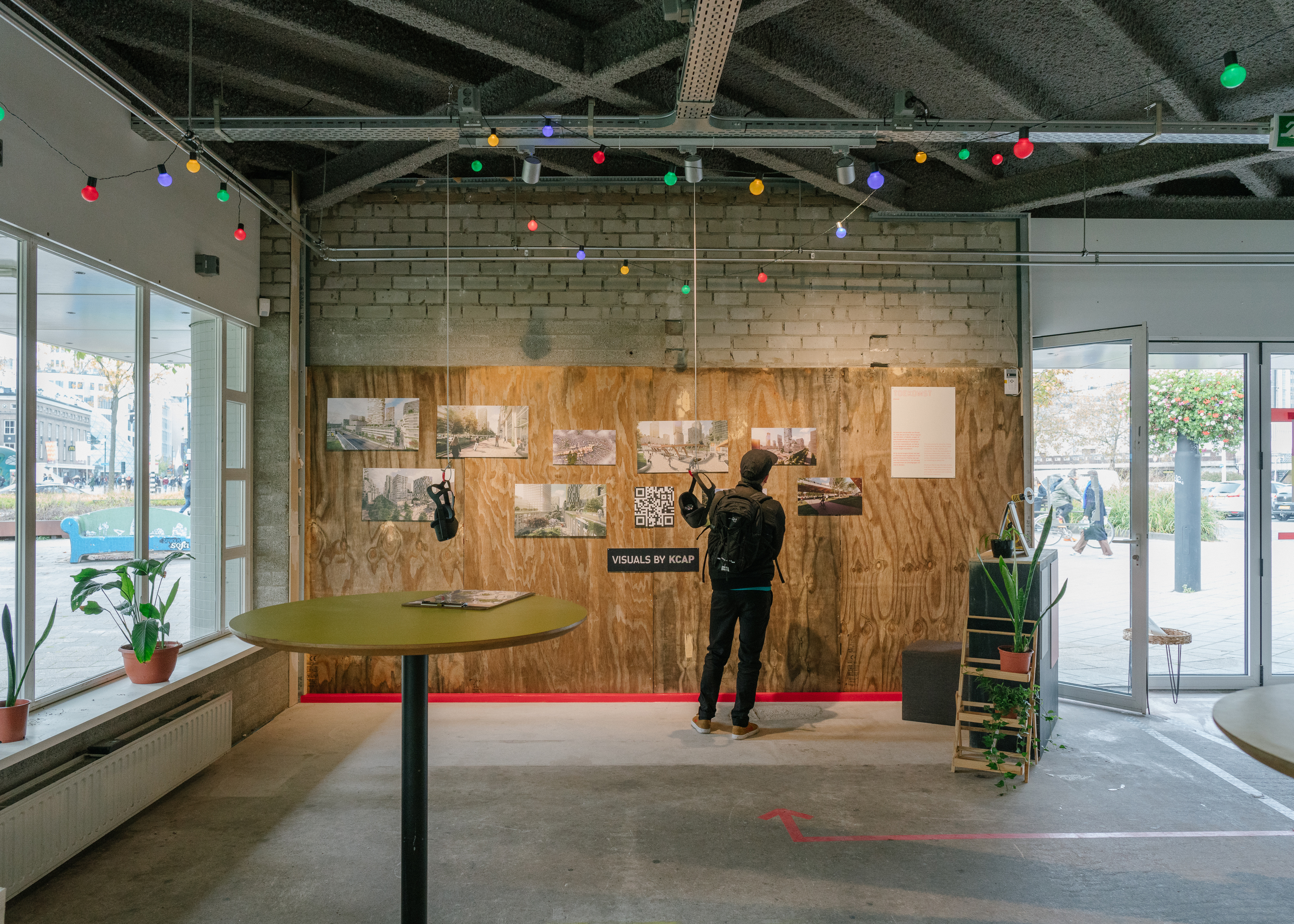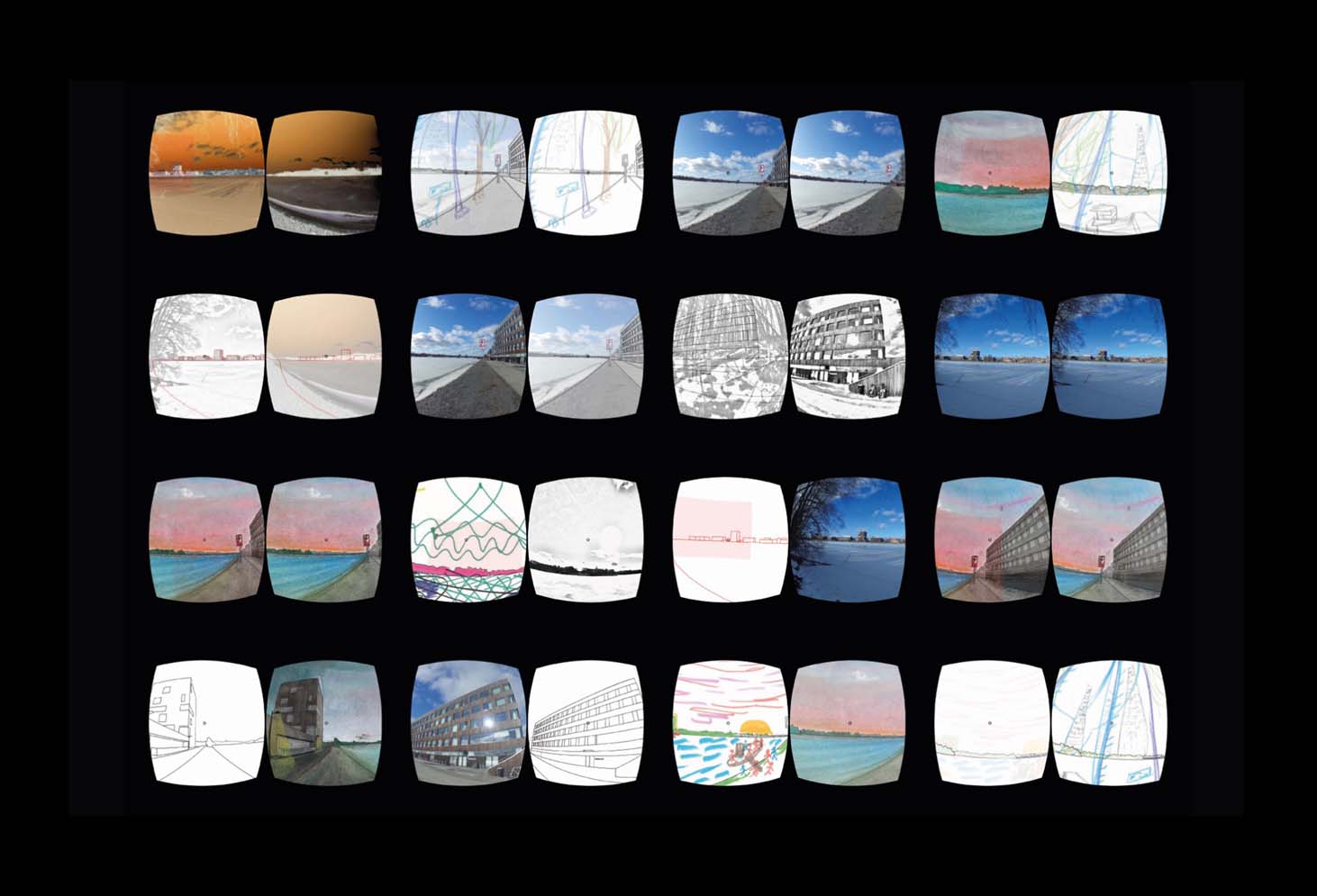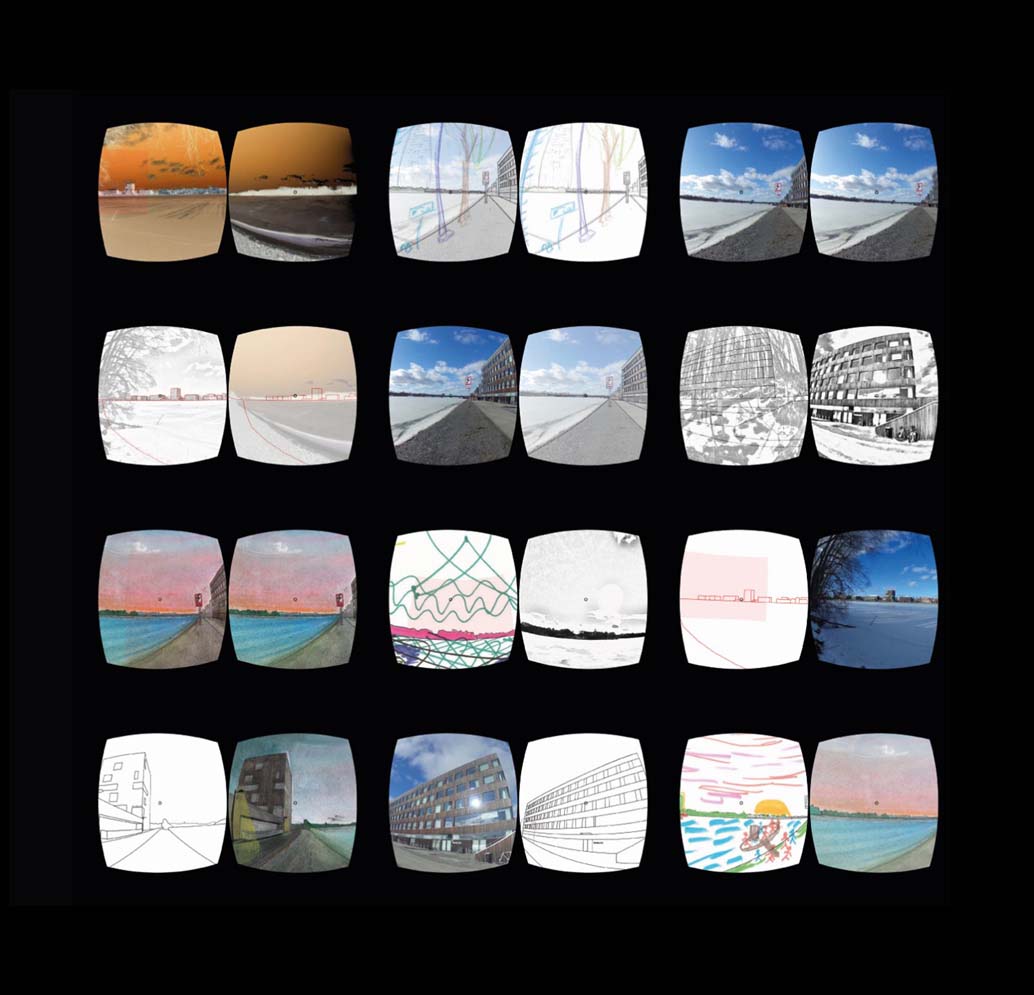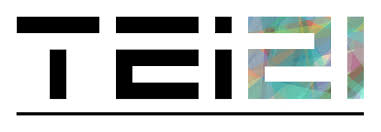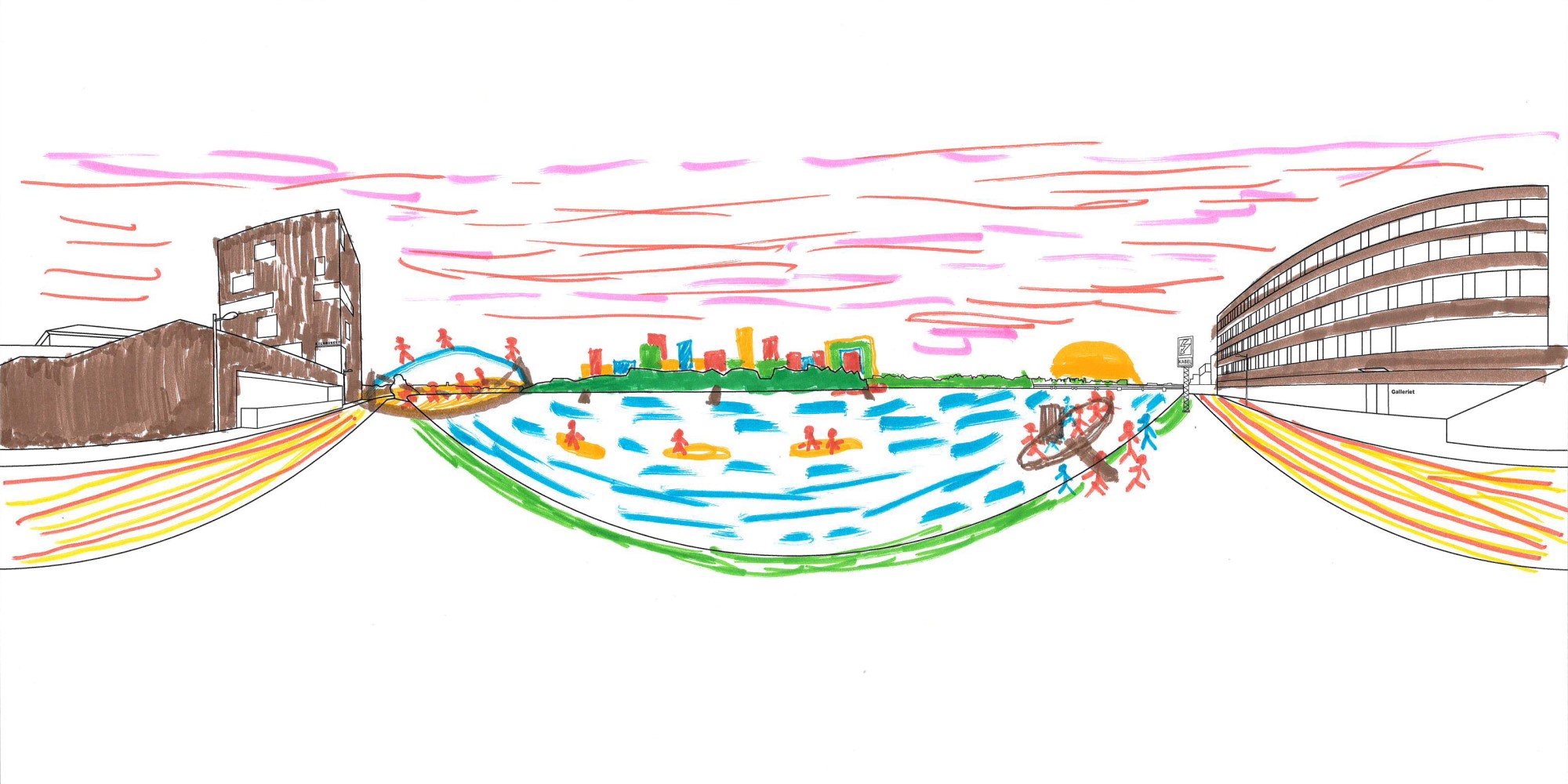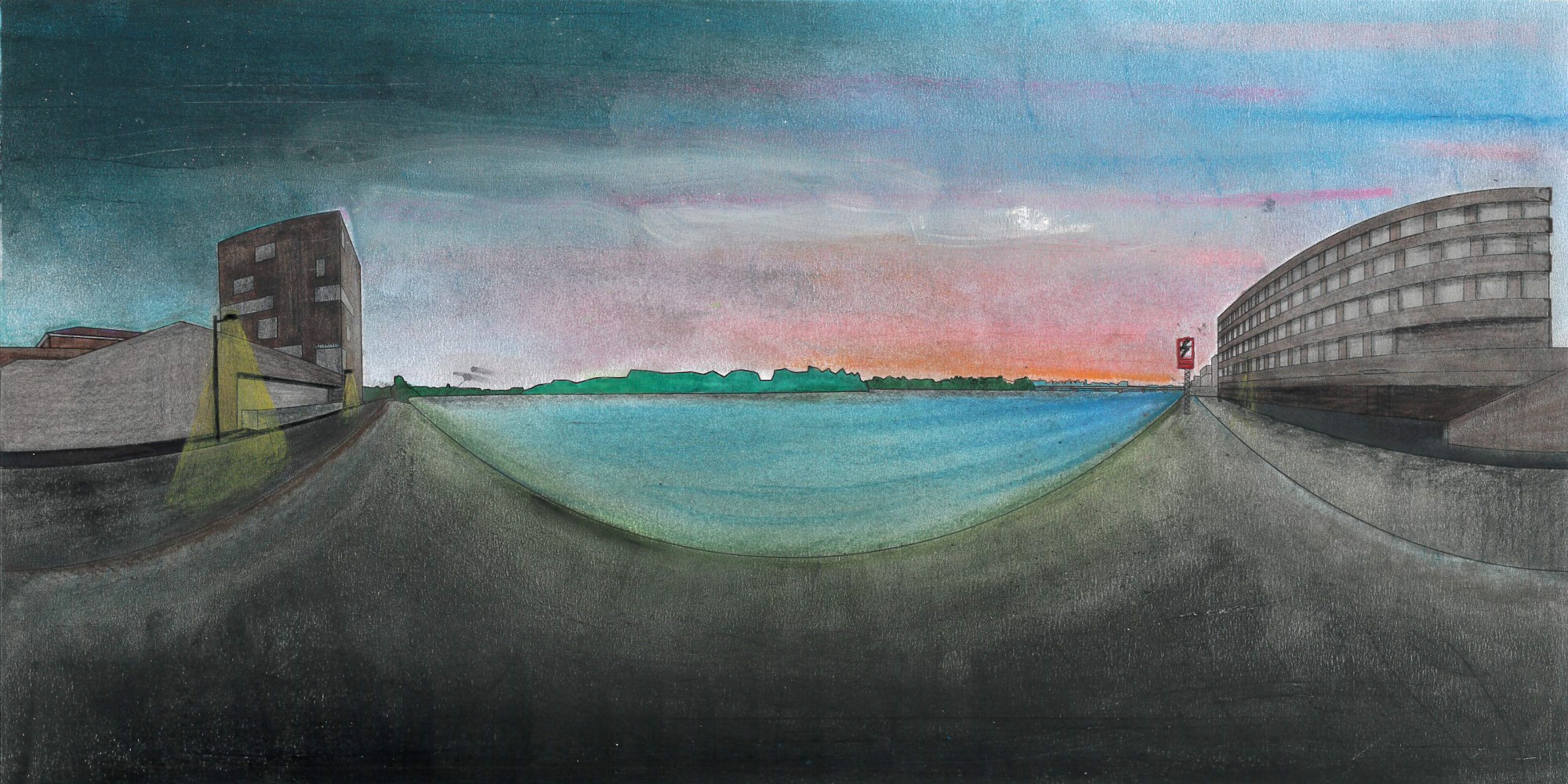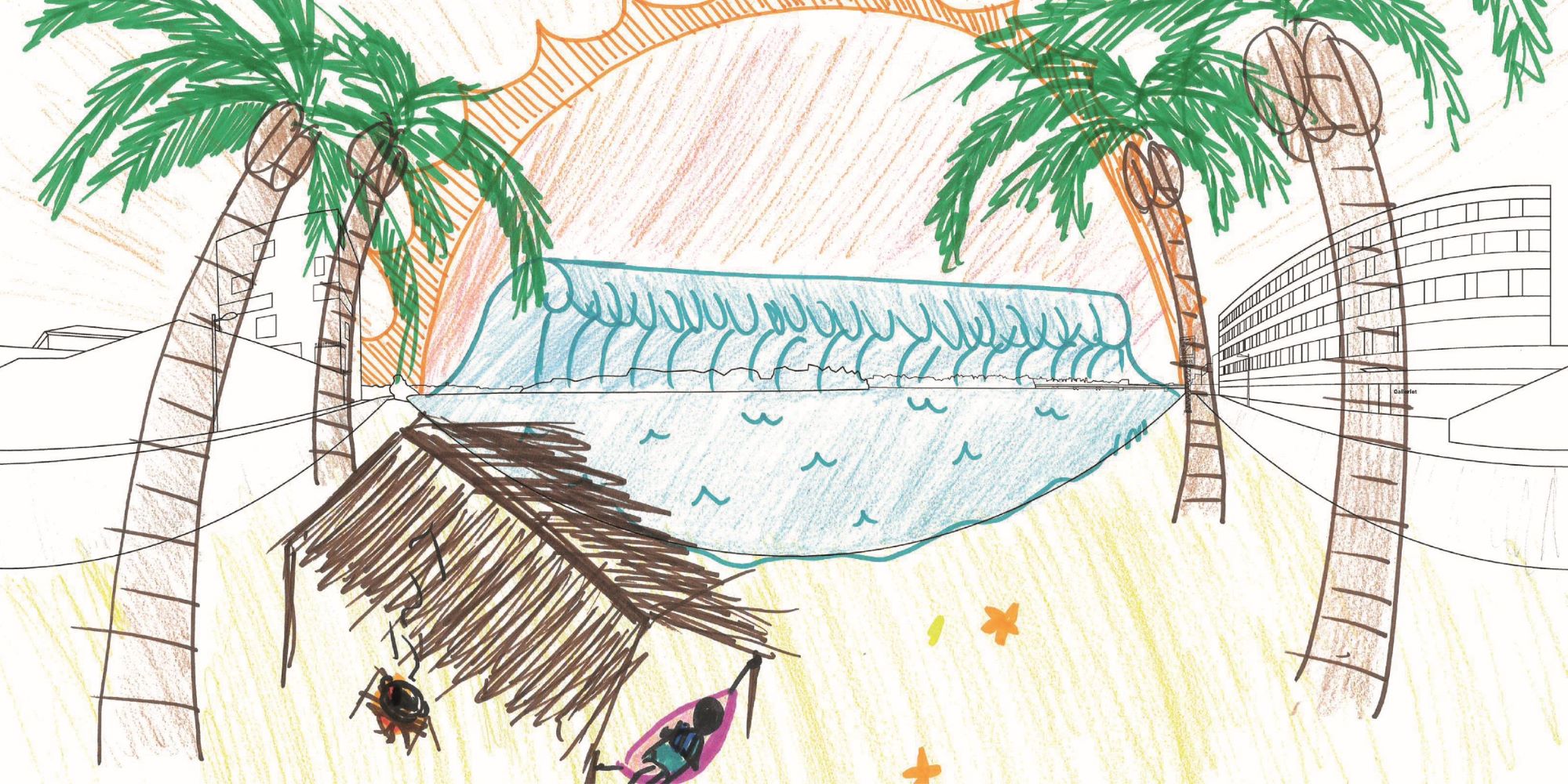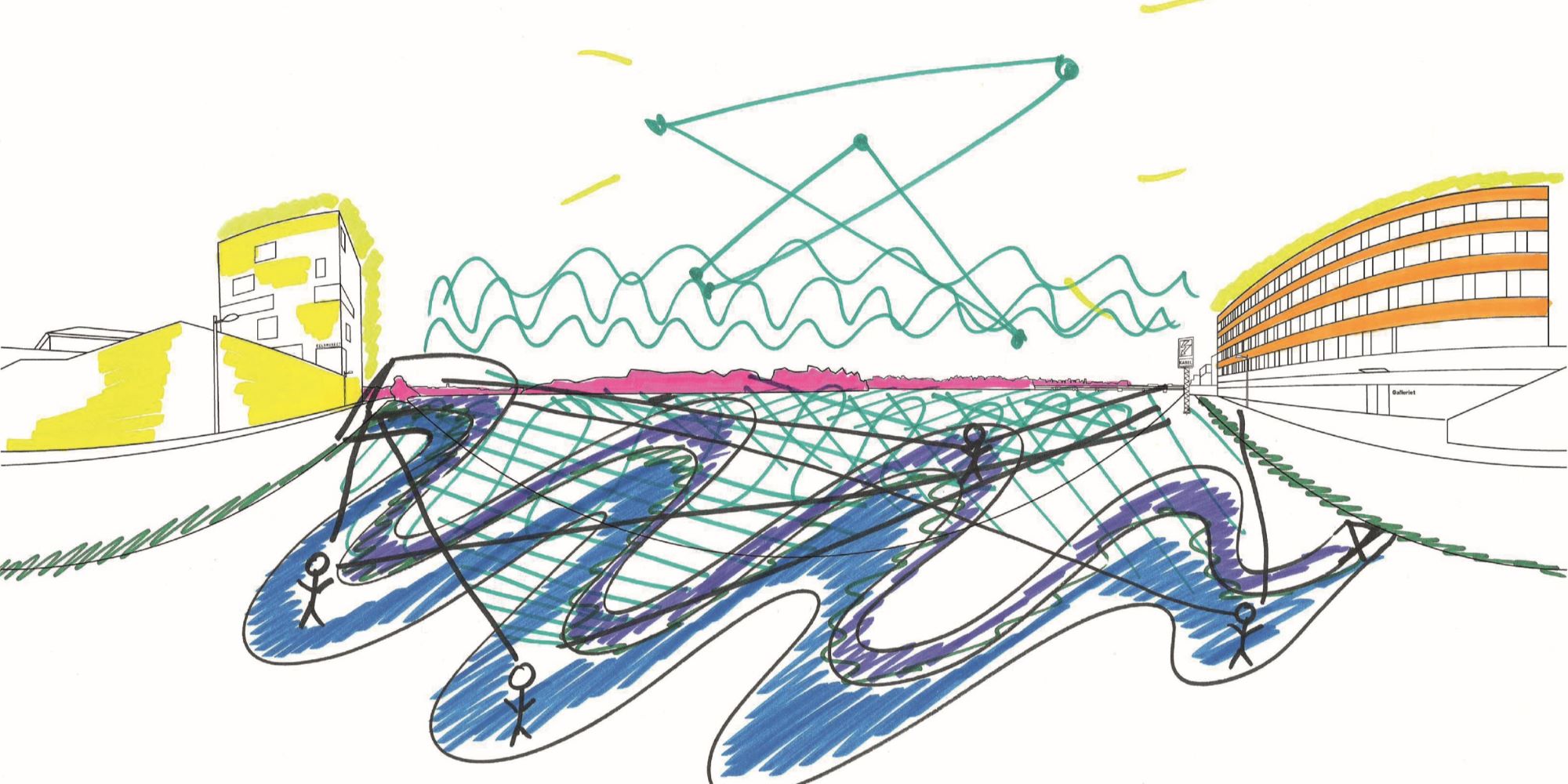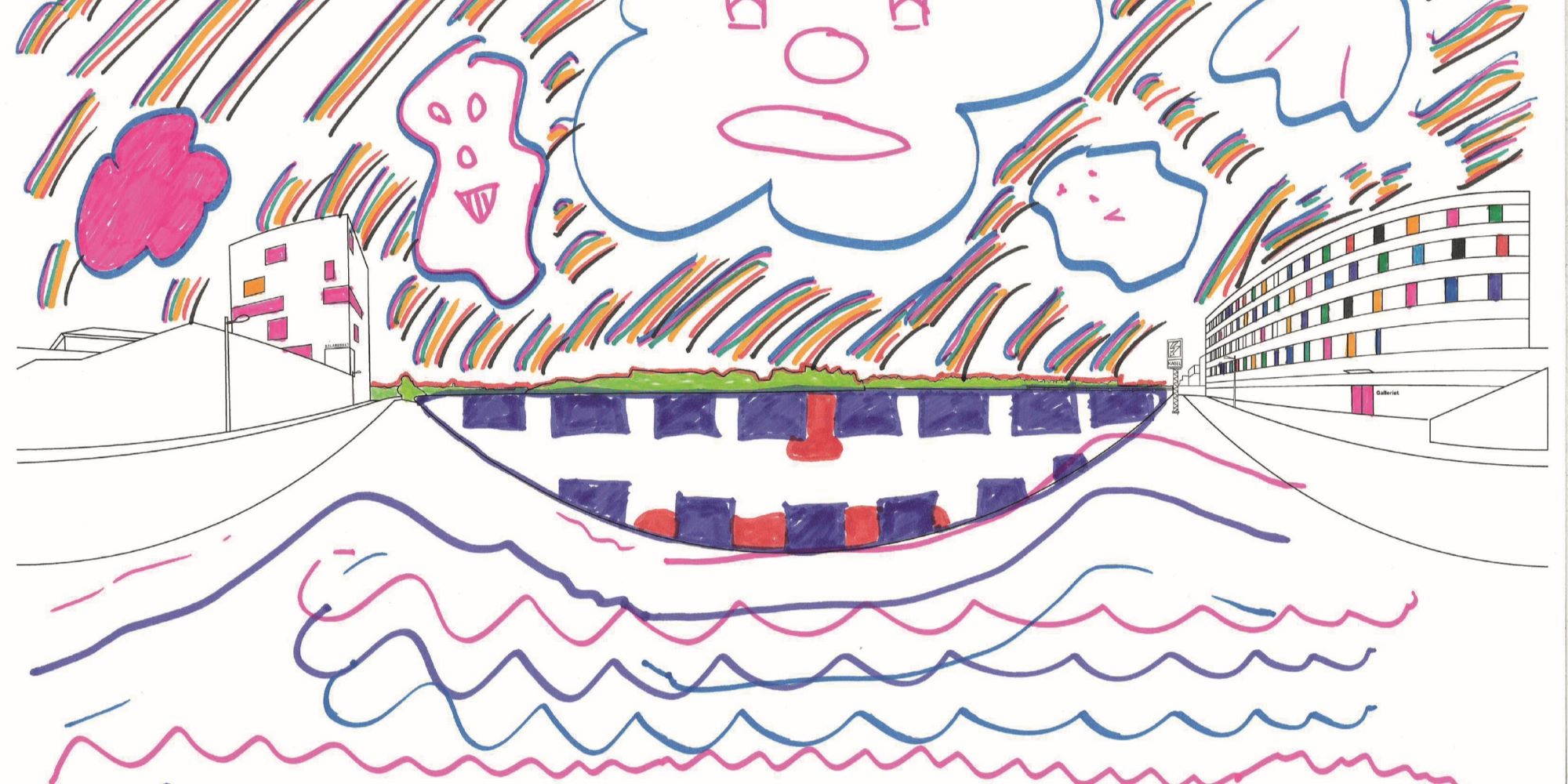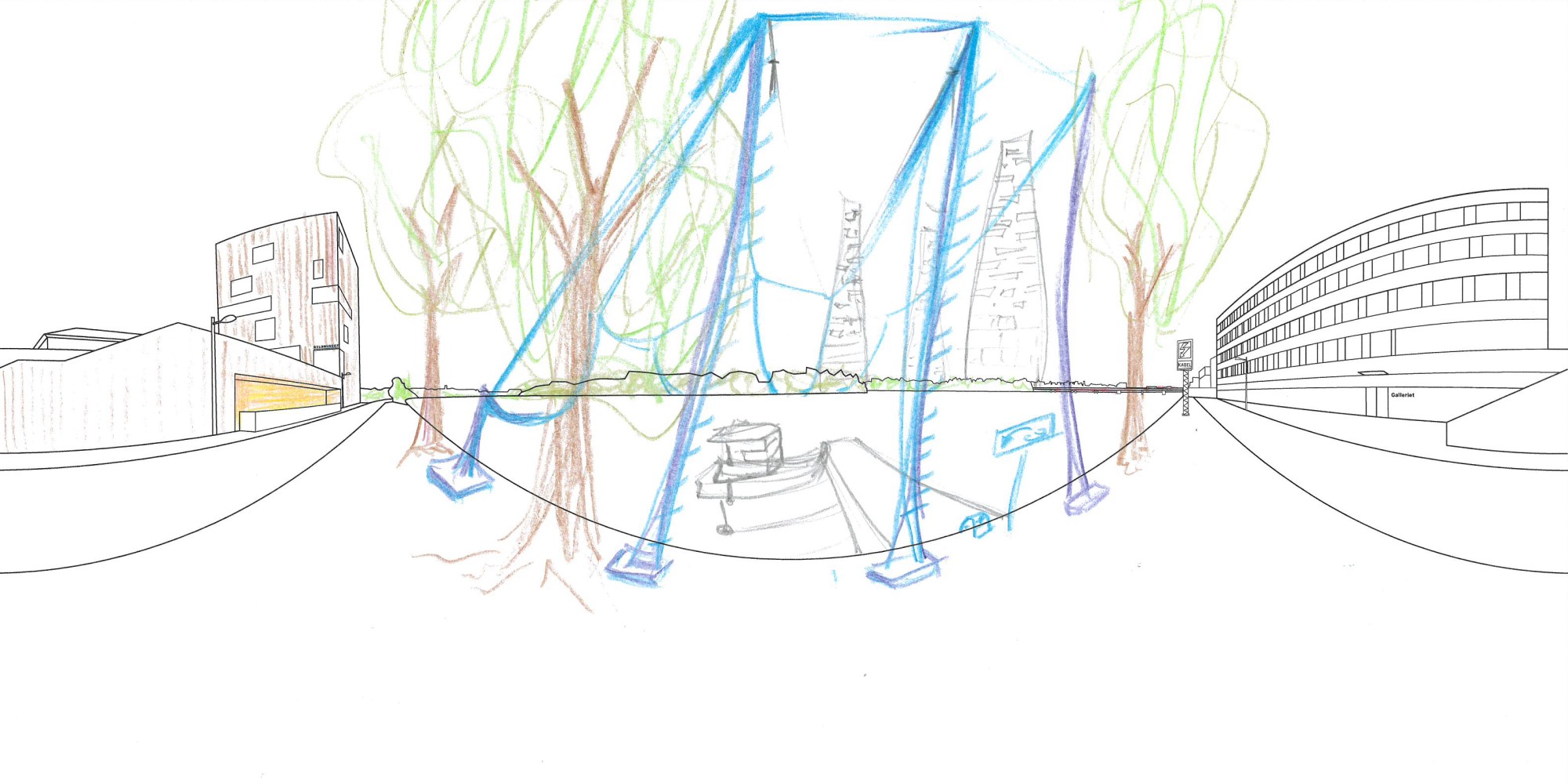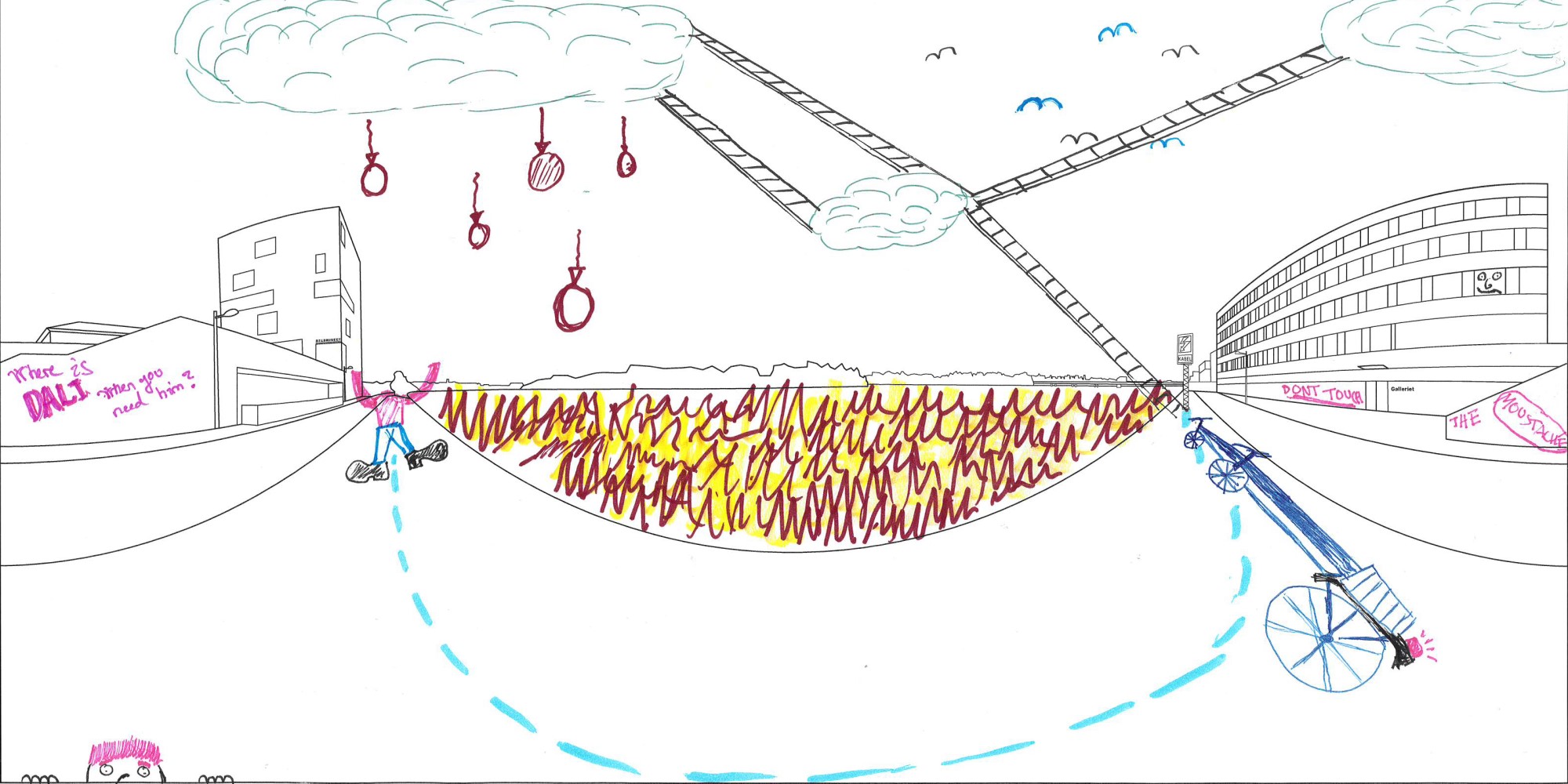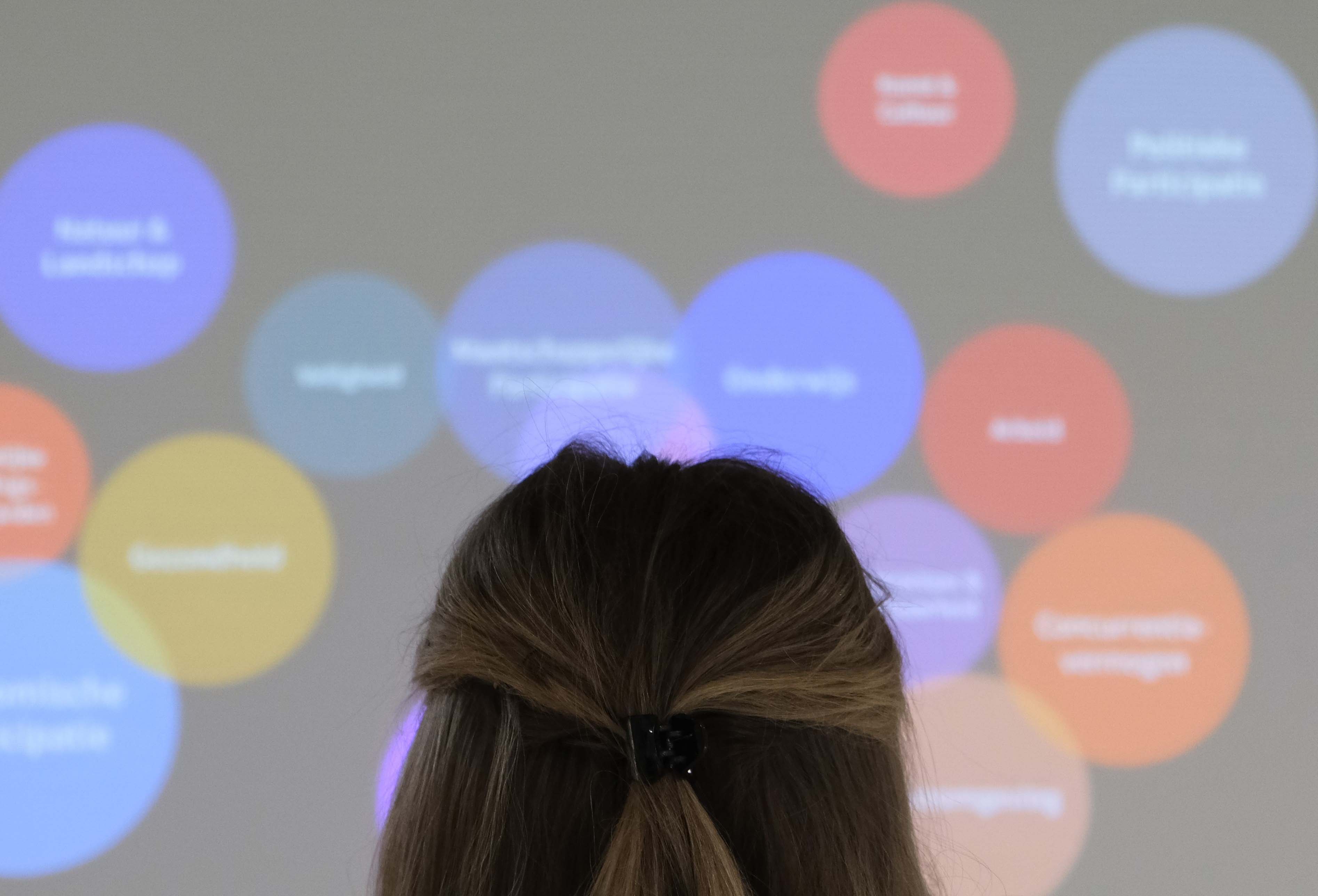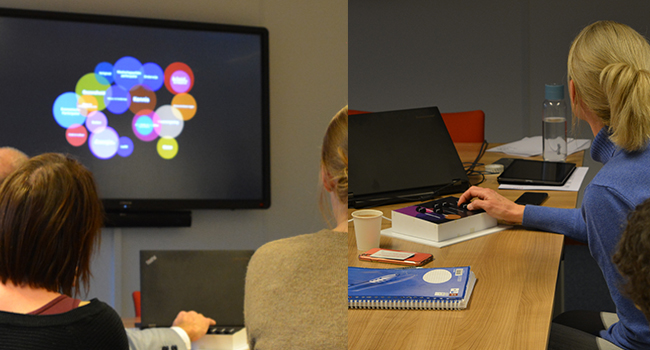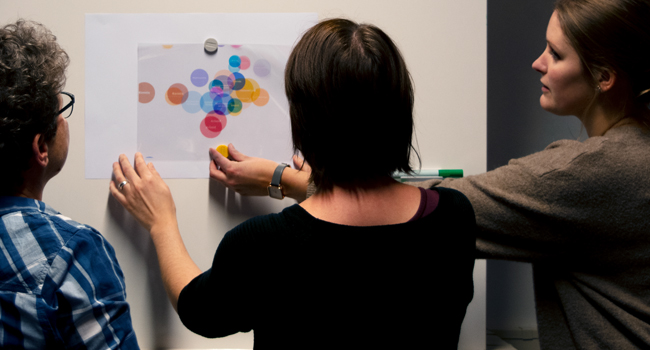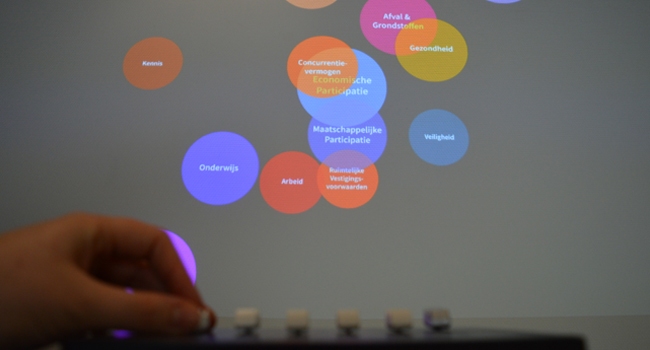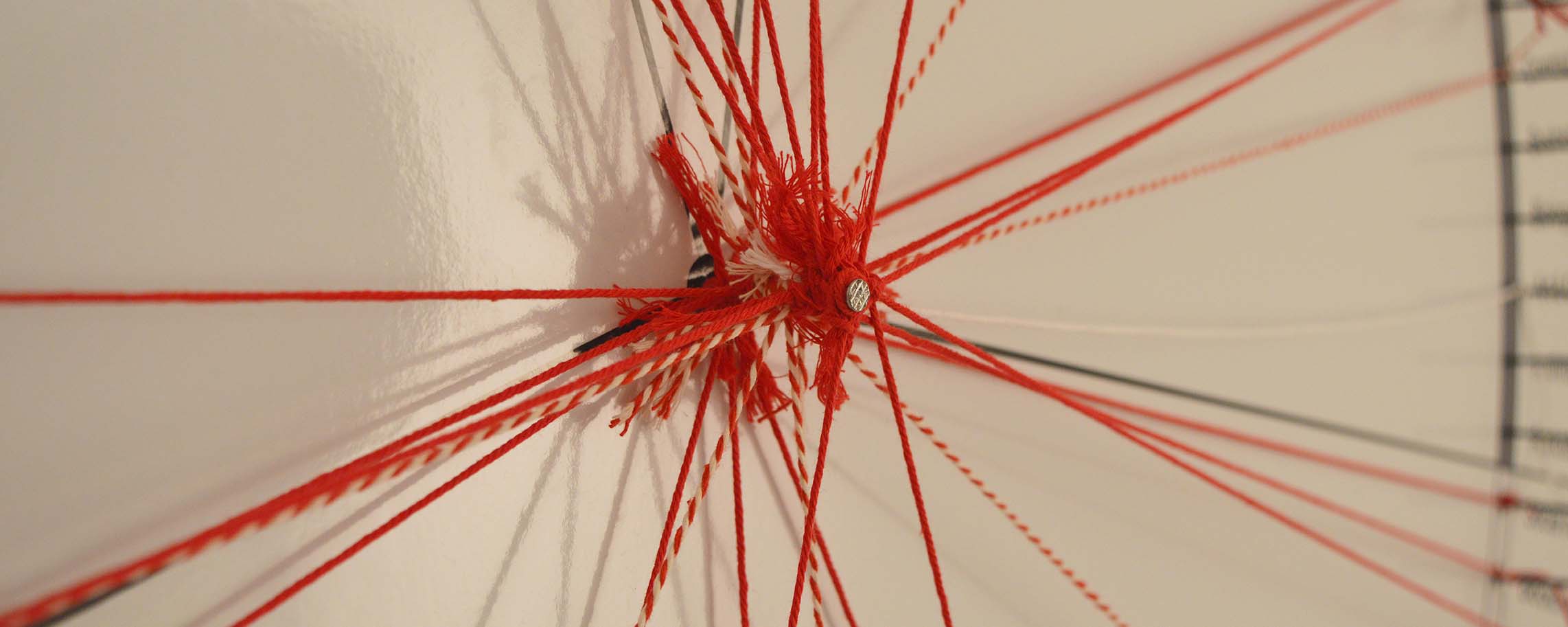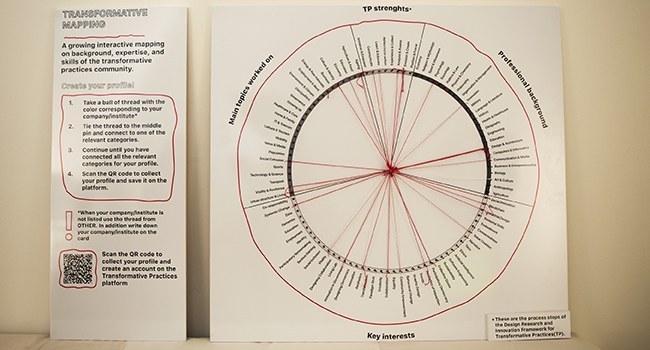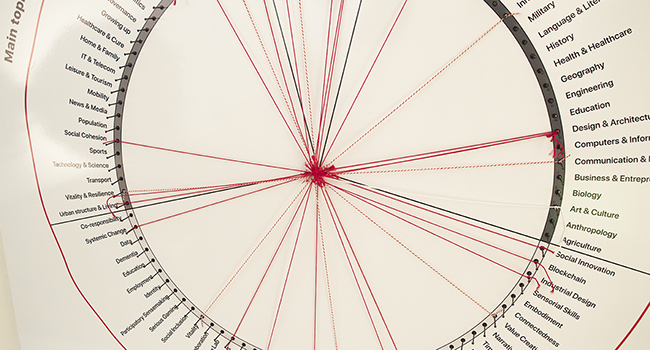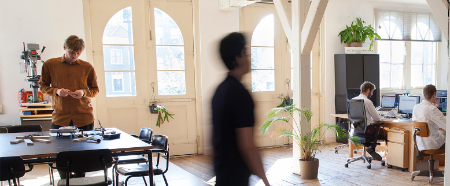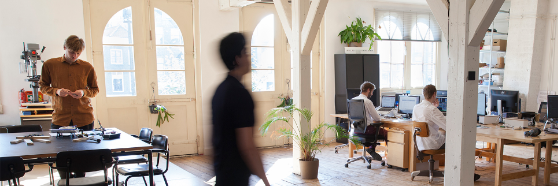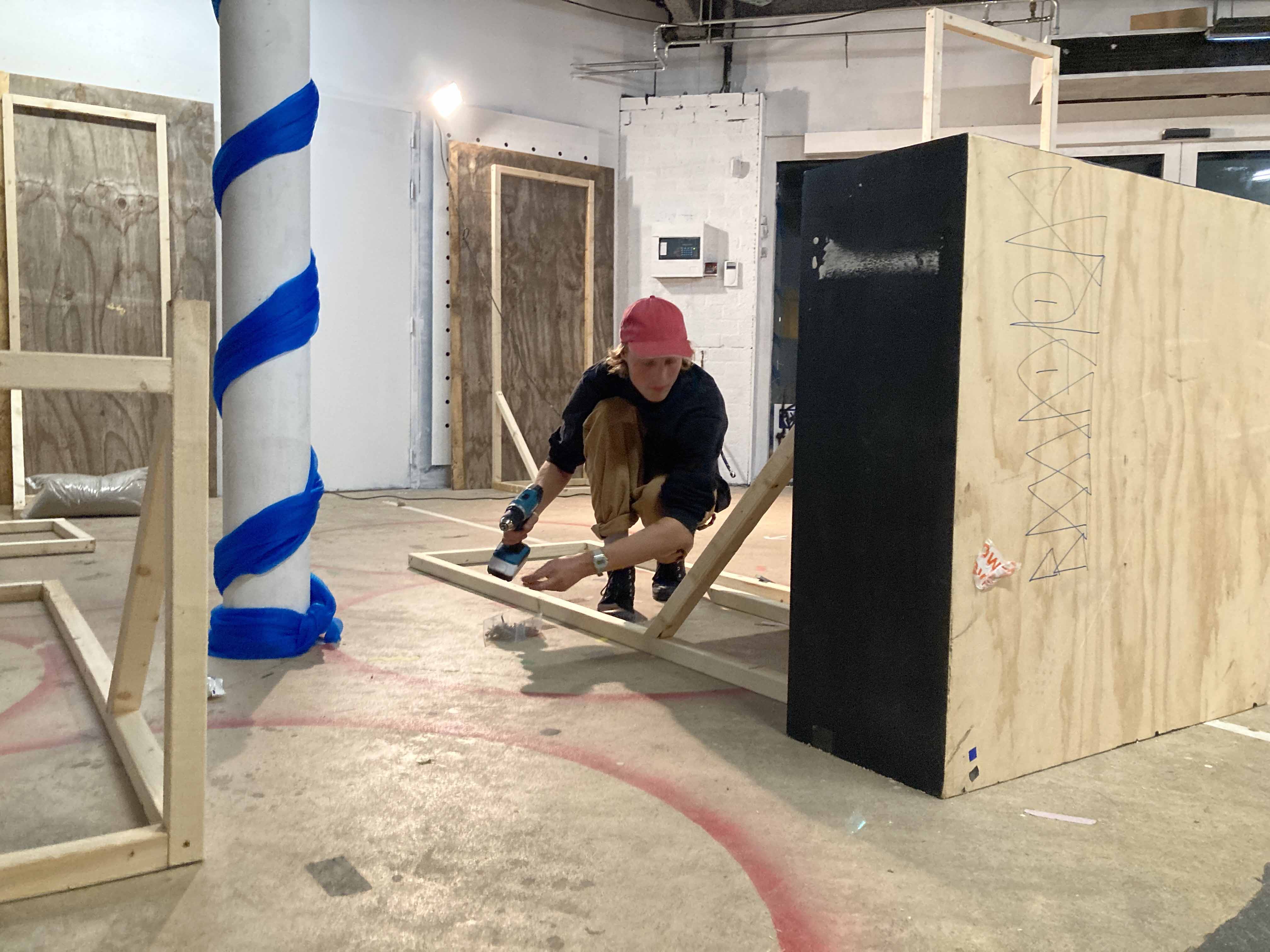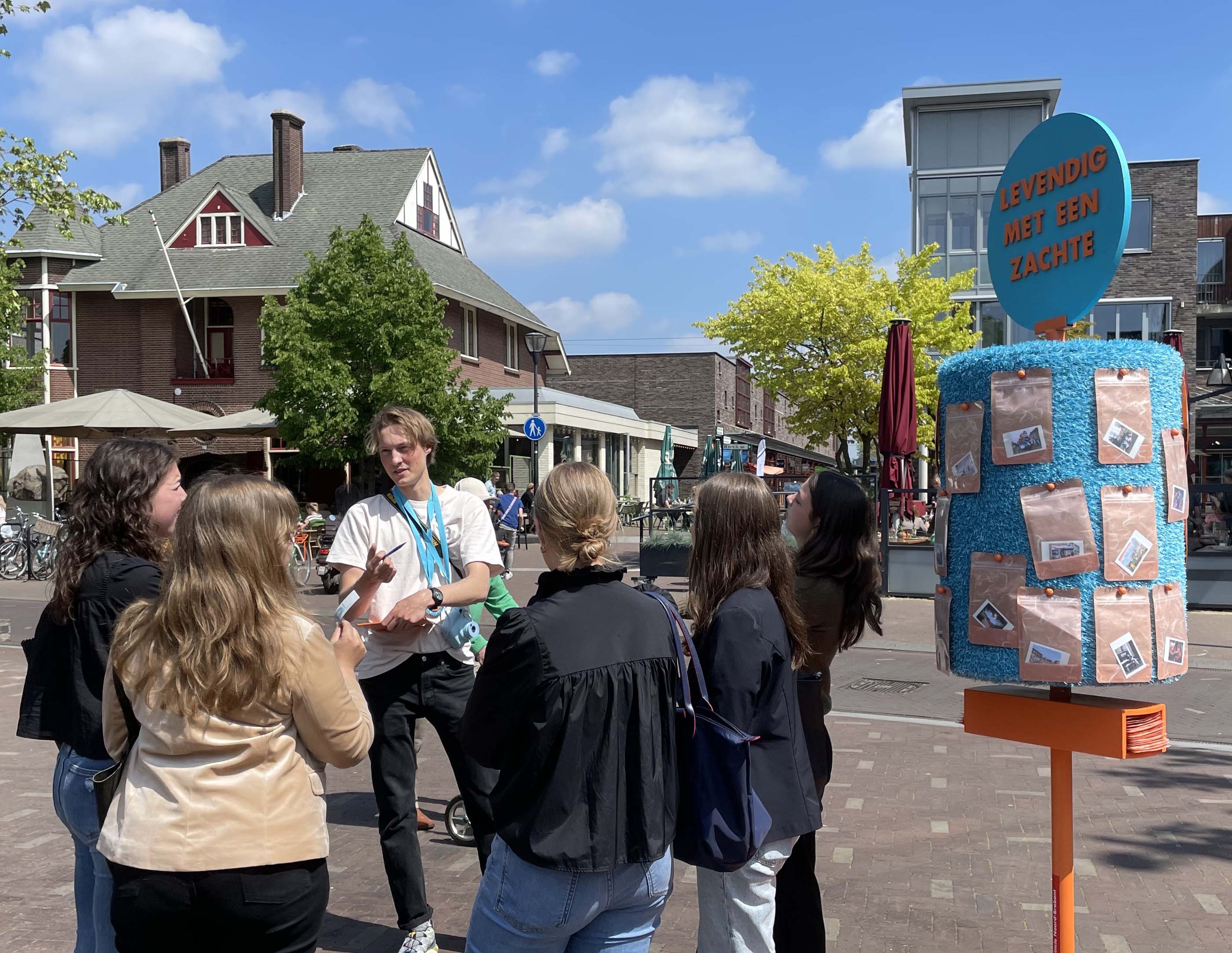I DESIGN FOR ...
I DESIGN FOR ...
I DESIGN FOR ...
Exploring the past to uncover the future
Exploring the past to uncover the future
Exploring the past to uncover the future
Exploring the past to uncover the future
Placemaking through co-creation
Placemaking through co-creation
Placemaking through co-creation
Placemaking through co-creation
Participatory perspective taking
Participatory perspective taking
Participatory perspective taking
Participatory perspective taking
Uncovering bias in data interpretation
Uncovering bias in data interpretation
Uncovering bias in data interpretation
Uncovering bias in data interpretation
As a Bachelor Student I ...
As a Bachelor Student I ...
As a Bachelor Student I ...
Facilitated Collaborative Communities
Facilitated Collaborative Communities
Facilitated Collaborative Communities
Facilitated Collaborative Communities
Interned at A/BZ
Interned at A/BZ
Interned at A/BZ
Interned at A/BZ
Why are these activities important?
Why are these activities important?
Why are these activities important?
I was introduced to the Social Design world through my Bachelor Internship at Afdeling Buitengewone Zaken. Here I experienced how design can be used to make impact in different aspects of society. This shifted my interest from product-oriented design to a more service and a more social domain of design practice. Following this internship, I worked on facilitating Transformative Practices (TP) as my Final Bachelor Project. This is where I got entangled with TP and the community around it. My Bachelors thesis investigated ways of supporting the TP community in collaboration and sharing of knowledge.
I was introduced to the Social Design world through my Bachelor Internship at Afdeling Buitengewone Zaken. Here I experienced how design can be used to make impact in different aspects of society. This shifted my interest from product-oriented design to a more service and a more social domain of design practice. Following this internship, I worked on facilitating Transformative Practices (TP) as my Final Bachelor Project. This is where I got entangled with TP and the community around it. My Bachelors thesis investigated ways of supporting the TP community in collaboration and sharing of knowledge.
